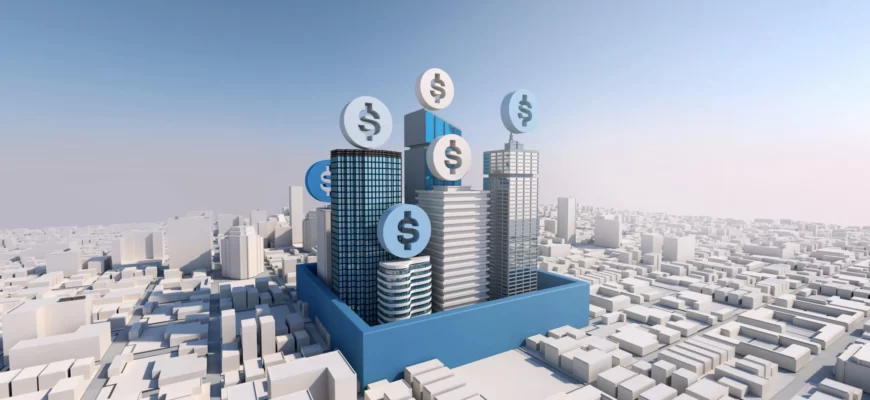Embark on a journey into the realm of strategic real estate investments with TacticInvest, your gateway to unlocking the potential of urban development. In an era where cities are evolving at an unprecedented pace, the need for visionary investment strategies has never been more crucial. Our guide, “TOP 20 Investment Options for Real Estate Development: Invest in the Future of Urbanization,” serves as your compass in navigating the dynamic landscape of real estate. Whether you’re a seasoned investor seeking new horizons or a novice eager to delve into the world of urban development, TacticInvest invites you to explore innovative opportunities that define the future of our cities. Uncover unique insights, seize emerging trends, and position yourself at the forefront of transformative investments that not only yield returns but also contribute to shaping the urban fabric of tomorrow. Welcome to a world where foresight meets opportunity – welcome to TacticInvest.
| Investment Option | Description |
| Residential Development | Single-family homes, multi-family apartments or condominiums, townhouses, or row houses. |
| Commercial Real Estate | Office buildings, retail centers or malls, mixed-use developments. |
| Industrial Development | Warehouses and distribution centers, manufacturing facilities. |
| Hospitality Sector | Hotels and resorts, short-term rental properties. |
| Technology Hubs | Developing office spaces or campuses in tech-centric areas. |
| Healthcare Facilities | Medical office buildings, assisted living facilities. |
| Green Building Initiatives | Sustainable and eco-friendly developments. |
| Smart Cities Infrastructure | Investing in projects that contribute to smart city initiatives. |
| Adaptive Reuse Projects | Repurposing existing structures for modern use. |
| Co-Working Spaces | Shared office spaces catering to the changing work landscape. |
| Mixed-Income Housing | Developing communities with diverse income levels. |
| Transit-Oriented Developments | Projects located near public transportation hubs. |
| Entertainment Complexes | Mixed-use developments with a focus on entertainment options. |
| Student Housing | Accommodations for college or university students. |
| Data Centers | Facilities to support the growing demand for data storage. |
| Luxury Real Estate | High-end residential or commercial properties. |
| Elderly Care Facilities | Nursing homes or assisted living communities. |
| Micro-Unit Developments | Small living spaces catering to the rising demand for compact housing. |
| Community Revitalization | Projects aimed at improving and revitalizing neighborhoods. |
| Innovative Architecture Projects | Iconic buildings that contribute to the city’s skyline. |
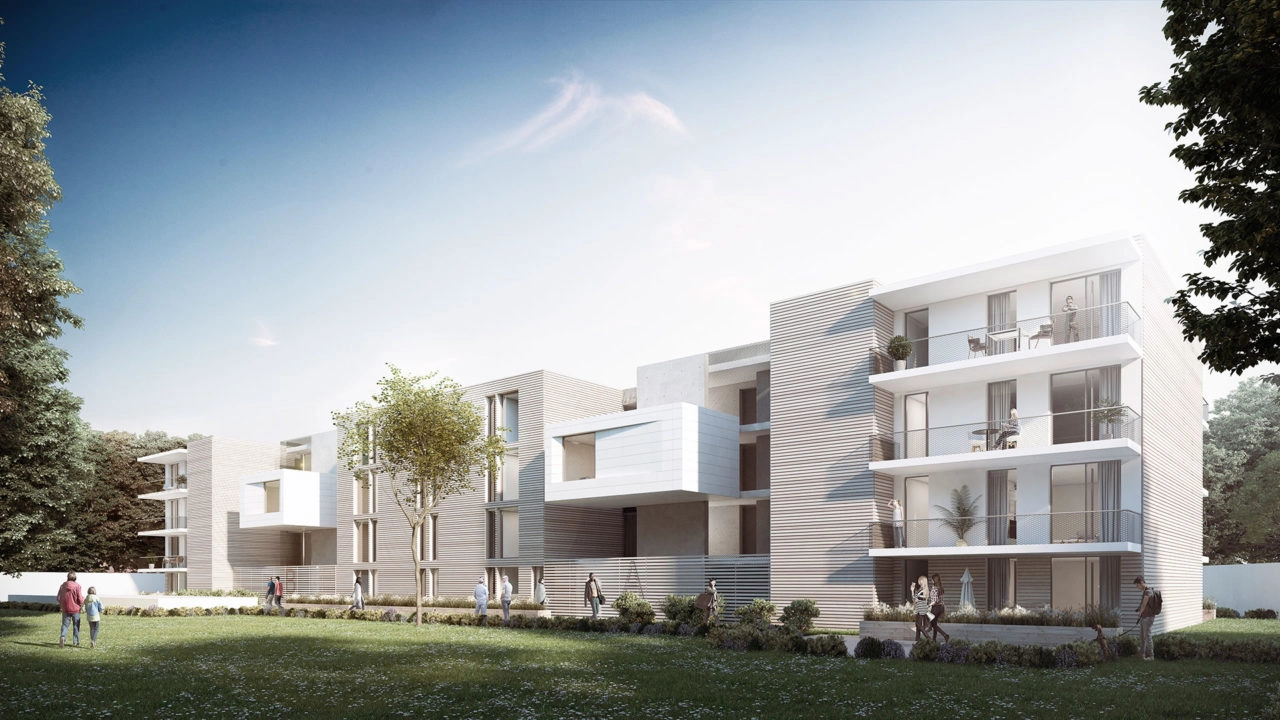
Residential development
In the ever-evolving tapestry of urban living, residential development stands as a testament to our aspirations for comfort, community, and modernity. As cities burgeon with life, the choices in the realm of housing have expanded, offering a diverse array of options to cater to varied lifestyles. In this exploration, we delve into the heartbeat of residential development, where the canvas includes single-family homes, multi-family apartments or condominiums, and the charming townhouses or row houses that weave seamlessly into the urban fabric.
Single-Family Homes: A Haven of Personalization
Nestled amid the sprawl of suburban landscapes or discreetly tucked away in urban enclaves, single-family homes embody the essence of personalized living. These standalone structures epitomize autonomy, providing residents with the canvas to craft their own domestic masterpiece. From quaint cottages to modern marvels, single-family homes offer an unparalleled sense of space and privacy, turning each residence into a unique sanctuary.
Multi-Family Apartments or Condominiums: Vertical Communities in the Sky
Rising majestically into city skylines, multi-family apartments and condominiums redefine communal living. These vertical communities cater to the dynamic urban lifestyle, offering a plethora of amenities and shared spaces that foster a sense of camaraderie. The skyline becomes a tapestry of interconnected lives, where each unit is a node in the vibrant network of a modern urban village.
Townhouses or Row Houses: Bridging Tradition and Modernity
Townhouses and row houses, with their charming facades and communal living spaces, bridge the gap between tradition and modernity. Nestled side by side, these residences create an intimate streetscape, echoing the aesthetics of a bygone era while seamlessly integrating contemporary comforts. The result is a harmonious blend of architectural heritage and the demands of contemporary urban living.
As the sun sets on the horizon of residential development, the diverse options of single-family homes, multi-family apartments or condominiums, and townhouses or row houses stand as pillars of innovation. These aren’t merely structures; they are vessels of our dreams, aspirations, and the collective journey towards a more interconnected urban future. The residential landscape is a canvas, and within it, we find the brushstrokes of modern living, painted with the hues of individuality, community, and the relentless pursuit of a better tomorrow.
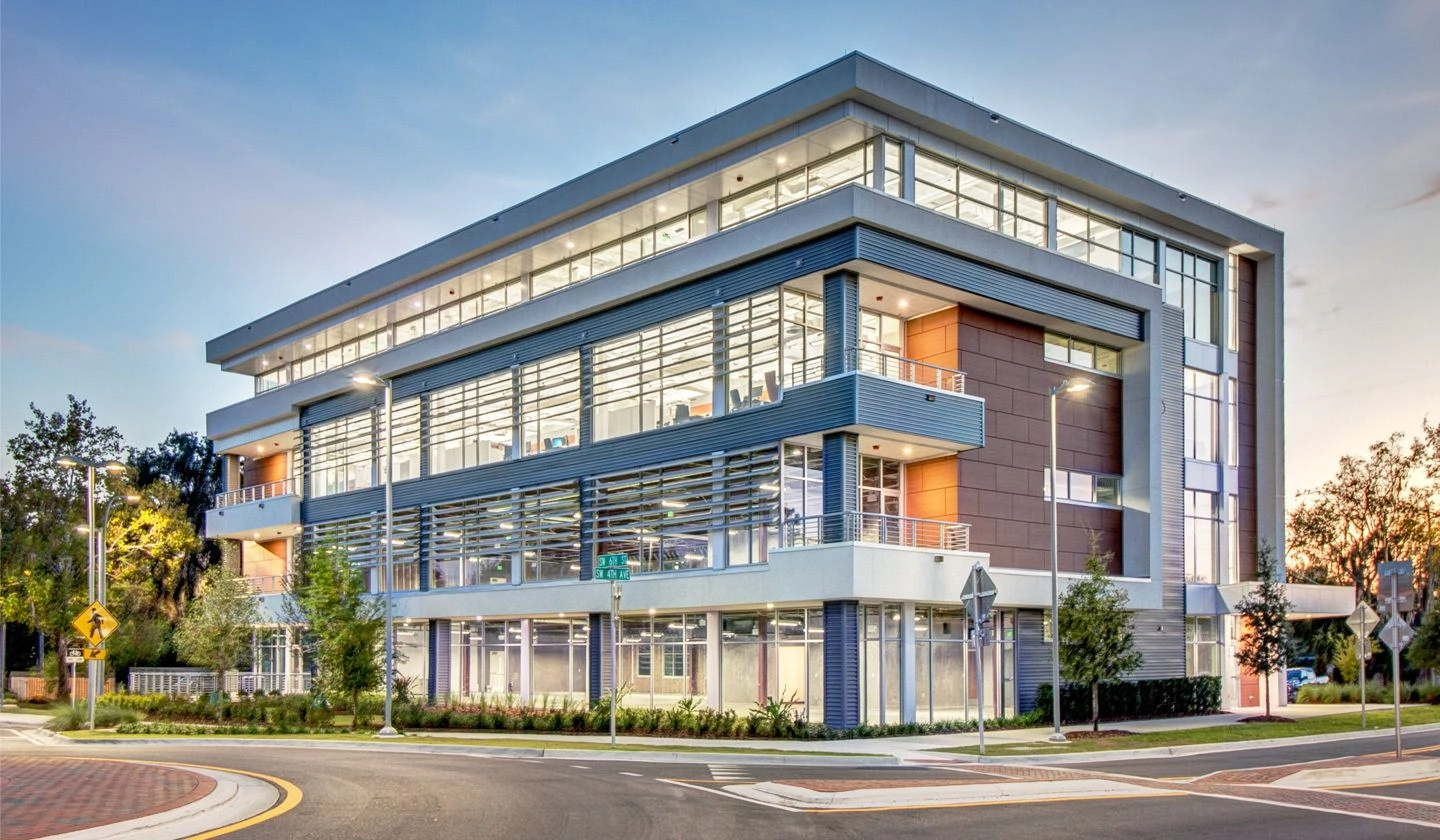
Commercial Real Estate
In the pulsating heart of urban landscapes, commercial real estate emerges as the architectural symphony orchestrating the rhythm of business and consumerism. The canvas of commercial development is vast, encompassing towering office buildings that scrape the sky, bustling retail centers or malls that beckon with the promise of commerce, and the multifaceted allure of mixed-use developments. In this exploration, we unravel the narrative of commercial real estate, where each structure is a beacon of enterprise, innovation, and the dynamic dance between supply and demand.
Office Buildings: Skyward Havens of Corporate Ambition
Soaring into the city skyline, office buildings stand as the architectural embodiment of corporate aspirations. These towering structures aren’t mere edifices of glass and steel; they are the command centers of commerce, where ideas are born, decisions are made, and the gears of business turn ceaselessly. The modern office building isn’t just a workplace; it’s a testament to the relentless pursuit of innovation and collaboration, where the boundaries between work and inspiration blur.
Retail Centers or Malls: Shopper’s Paradise in Architectural Form
Beneath the glinting glass roofs and neon-lit facades, retail centers and malls unfold as vibrant microcosms of consumer culture. These sprawling complexes are more than just shopping destinations; they are immersive experiences, where retail meets entertainment, and culinary delights intertwine with the thrill of discovery. In the retail realm, each storefront is a storyteller, weaving narratives that captivate the attention and desires of a diverse clientele.
Mixed-Use Developments: Where Diversity Finds Architectural Harmony
In the evolving landscape of urban development, mixed-use developments emerge as the chameleons of commercial real estate. Integrating residential, commercial, and recreational spaces within a singular structure, these developments redefine the concept of city living. From live-work-play environments to cultural hubs that resonate with the beat of community life, mixed-use developments epitomize the symbiosis between various facets of urban existence.
As we traverse the maze of commercial real estate, from the towering heights of office buildings to the vibrant expanse of retail centers and the harmonious blend of mixed-use developments, we witness more than structures; we witness the dynamic interplay of commerce, culture, and the unyielding spirit of urban evolution. Commercial real estate isn’t just about physical spaces; it’s about the narratives they house, the experiences they facilitate, and the endless possibilities they create. It’s an architectural odyssey where the stories of businesses, consumers, and communities unfold in a captivating symphony of bricks, mortar, and the ceaseless pulse of progress.
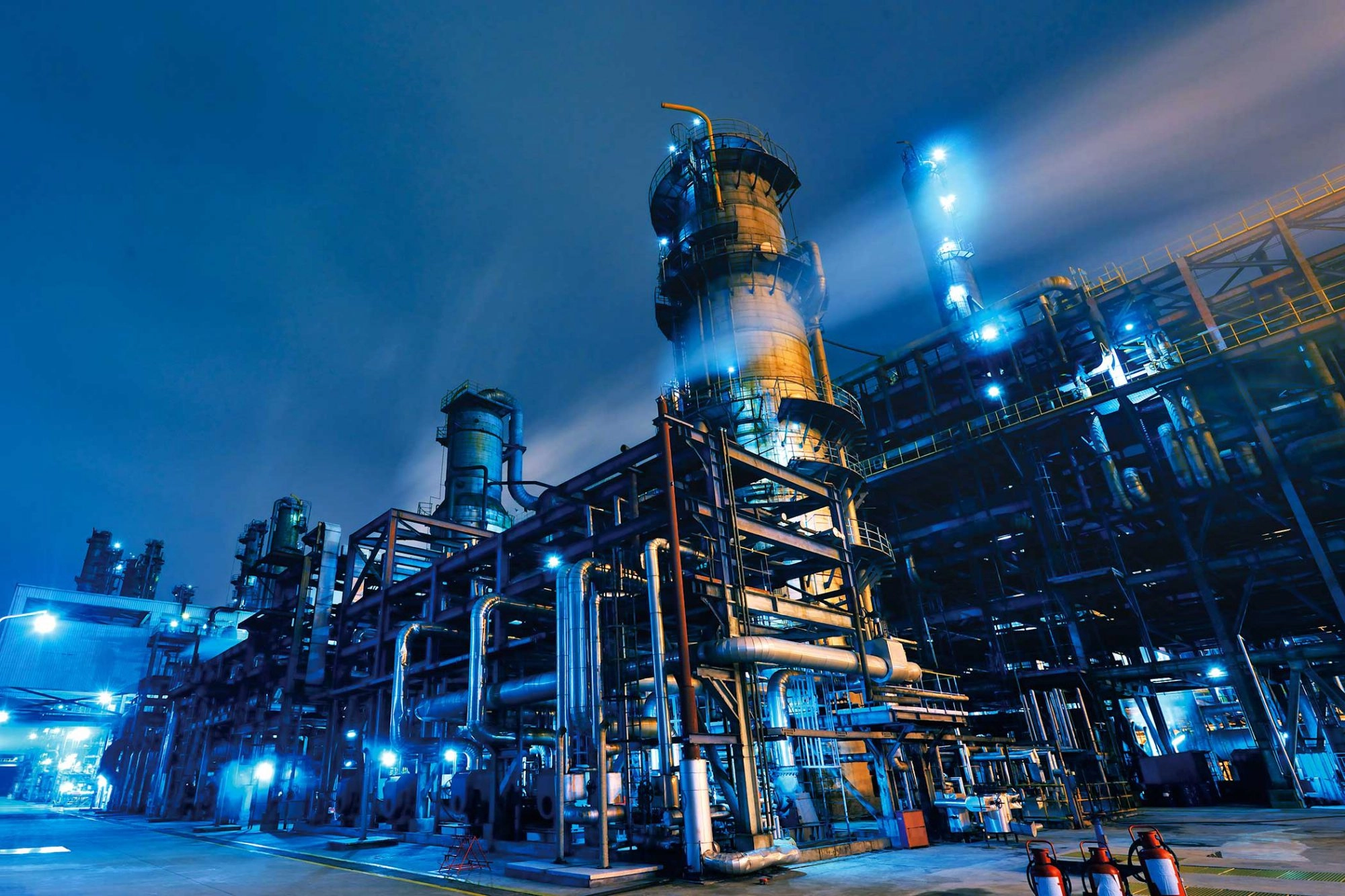
Industrial Development
In the sprawling landscapes where innovation meets production, industrial development emerges as the unsung hero of urban economies. Within this realm, warehouses and distribution centers stand as silent sentinels of logistics, while manufacturing facilities echo with the hum of creation. This exploration delves into the often-overlooked yet indispensable sectors of industrial development, where the blueprints of progress are etched in concrete and the machinery of commerce and production converges.
Warehouses and Distribution Centers: The Pulsating Heartbeat of Logistics
Nestled on the outskirts of urban cores or strategically located along transportation arteries, warehouses and distribution centers are the uncelebrated architects of seamless supply chains. These colossal structures are more than mere storage spaces; they are the epicenters of efficiency, where goods traverse through a meticulously choreographed dance of logistics. From e-commerce giants to local retailers, the warehouse becomes the linchpin connecting producers to consumers, ensuring the swift and synchronized movement of products in the ever-accelerating pace of modern commerce.
Manufacturing Facilities: Where Ideas Transform into Tangible Realities
Behind the fortified walls of manufacturing facilities, a symphony of machinery and human expertise plays out, transforming raw materials into the products that shape our daily lives. These facilities are the crucibles of innovation, where the blueprints of engineers and the skill of workers meld to create the tangible embodiments of progress. From automotive assembly lines to high-tech electronics manufacturing, these structures embody the relentless pursuit of efficiency, quality, and the translation of ideas into reality.
The Symbiosis of Industrial Development: Weaving Threads of Progress
As we navigate the landscape of industrial development, the synergy between warehouses, distribution centers, and manufacturing facilities becomes evident. The efficient flow of goods from production to distribution relies on a delicate dance choreographed by these industrial powerhouses. In this symbiotic relationship, innovation begets production, and production begets distribution, forming an interconnected web that sustains the heartbeat of economies.
Industrial development, with its warehouses, distribution centers, and manufacturing facilities, constitutes the backbone of modern urban existence. Beyond the concrete and steel, these structures embody the spirit of progress, where ideas and raw materials converge to shape the products that define our lives. As we acknowledge the silent forces driving industrial development, we gain a deeper appreciation for the intricacies of supply chains, the marvels of production, and the unseen heroes shaping the landscape of our industrialized world.

Hospitality Sector
In the realm of travel and leisure, the hospitality sector unfolds as a tapestry of experiences, blending luxury, comfort, and the promise of escape. Within this dynamic landscape, hotels and resorts stand as bastions of opulence, while short-term rental properties embody the spirit of personalized exploration. This exploration takes us on a journey through the enchanting world of the hospitality sector, where every stay is a story waiting to unfold.
Hotels and Resorts: Temples of Tranquility and Opulence
Amidst the glittering skylines and idyllic landscapes, hotels and resorts beckon as sanctuaries of indulgence. These architectural marvels aren’t just lodgings; they are immersive experiences, where hospitality meets luxury, and every guest is a cherished protagonist in a narrative of comfort and refinement. From chic urban retreats to sprawling beachfront resorts, each establishment is a testament to the art of creating moments – be it a romantic weekend getaway or a grand celebration of life’s milestones.
Short-Term Rental Properties: The Canvas of Personalized Exploration
Against the backdrop of traditional hospitality, short-term rental properties emerge as the avant-garde, offering a canvas for travelers to paint their own adventures. These homes away from home encapsulate the essence of individuality, allowing guests to immerse themselves in the culture of their chosen destination. From cozy apartments in bustling city centers to quaint cottages nestled in the countryside, short-term rentals open the door to a more intimate, locally-infused travel experience.
The Harmonious Duet of Hospitality: Balancing Opulence and Authenticity
As we traverse the dichotomy of hotels and resorts alongside short-term rental properties, a harmonious duet unfolds. The opulence of high-end accommodations meets the personalized exploration of unique stays, creating a symphony that caters to the diverse desires of today’s discerning travelers. The hospitality sector becomes not just a provider of shelter but a curator of memories, where the fusion of luxury and authenticity creates an unparalleled experience.
The hospitality sector, with its hotels and resorts standing tall in opulence and short-term rental properties embracing the spirit of individuality, is a realm where the art of hosting meets the desires of the modern traveler. As we unpack the allure of these accommodations, we discover that beyond the plush linens and breathtaking views, the hospitality sector is a stage where stories are crafted, adventures are lived, and the essence of exploration is woven into the very fabric of our journeys. Whether seeking refuge in the lap of luxury or immersing oneself in the authenticity of a local abode, the hospitality sector beckons, promising not just a place to stay but an experience that lingers in the heart long after the bags are unpacked.
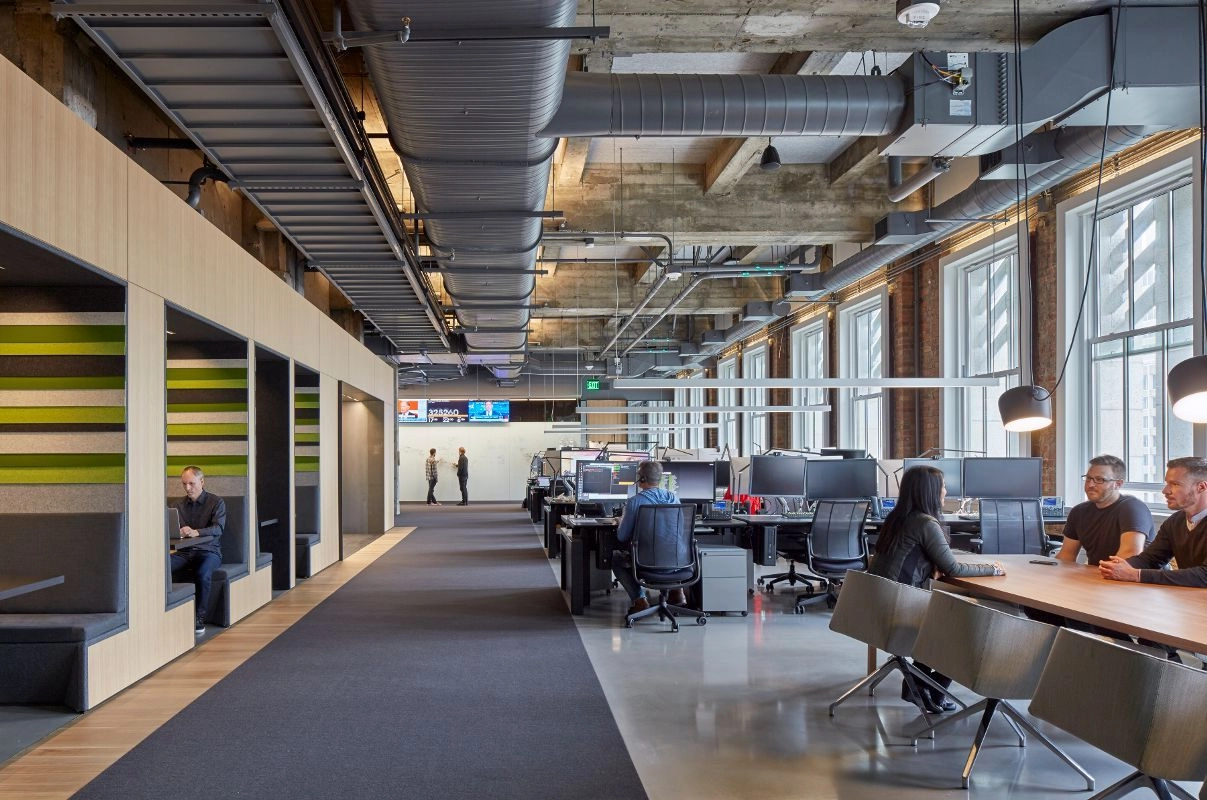
Technology Hubs
In the ever-evolving saga of urbanization, a distinctive narrative has emerged – that of technology hubs, where innovation converges with architectural prowess. Fueled by the dynamism of the digital age, developing office spaces or campuses in tech-centric areas is transforming cityscapes into veritable Techtopias. This exploration takes us into the heart of these innovation sanctuaries, where workspaces transcend conventional boundaries, fostering a synergy between technology, collaboration, and urban living.
The Metamorphosis of Office Spaces: Tech-Centric Architectural Alchemy
As traditional office spaces undergo a metamorphosis, tech-centric areas are witnessing the rise of architectural alchemy. Gone are the days of cubicles and corner offices; in their place are dynamic workspaces designed to inspire creativity and collaboration. Glass walls replace brick partitions, communal spaces encourage impromptu ideation, and the buzz of innovation reverberates in open-plan layouts. These tech-centric offices aren’t just workplaces; they are incubators of ideas, where the boundaries between work and play blur, giving rise to a culture that thrives on the symbiosis of technology and human ingenuity.
Campuses as Ecosystems: Nurturing Innovation in Tech Hubs
Beyond individual office spaces, technology hubs are cultivating entire campuses that function as ecosystems of innovation. These campuses transcend the conventional notion of work, incorporating recreational spaces, green initiatives, and cutting-edge amenities. A stroll through these tech-centric campuses feels like traversing a microcosm of the future, with sustainable architecture, smart infrastructure, and a palpable sense of community defining the landscape. These hubs not only nurture innovation but also foster a holistic environment that supports the well-being of the individuals who inhabit them.
The Urban Tapestry Rewoven: Tech Hubs as Catalysts for City Transformation
As technology hubs redefine the nature of work and collaboration, they, in turn, become catalysts for the broader transformation of urban landscapes. Once overlooked neighborhoods metamorphose into vibrant innovation districts, attracting a diverse array of businesses, talent, and cultural initiatives. The symbiotic relationship between tech hubs and the surrounding city fabric results in a reinvigorated urban tapestry, where the pulse of technology beats in harmony with the rhythm of urban life.
In the grand narrative of urban development, technology hubs stand as pivotal chapters that redefine not only how we work but also how we perceive and interact with our cities. The fusion of innovation, architecture, and urban living in tech-centric areas creates a dynamic landscape where the possibilities are as boundless as the digital realm itself. As we witness the rise of these Techtopias, we find ourselves at the intersection of progress and creativity, where the lines between the physical and digital worlds blur, and the city becomes a canvas for the evolving saga of human ingenuity.

Healthcare Facilities
In the complex tapestry of urban development, healthcare facilities emerge as sanctuaries of well-being, where architecture meets compassion, and innovation intertwines with care. Within this realm, medical office buildings and assisted living facilities stand as pillars of a new era, reshaping the landscape of healthcare delivery. This exploration takes us into the heart of these healing havens, where the principles of design, technology, and human-centric care converge.
Medical Office Buildings: Beyond White Walls and Sterile Halls
Gone are the days of clinical austerity; modern medical office buildings are embracing a paradigm shift in design. These structures no longer merely house practitioners; they are curated environments fostering healing and comfort. Natural light filters through expansive windows, waiting areas transform into inviting spaces, and the traditional boundaries between medical spaces and wellness areas blur. The aim is not just to diagnose and treat but to create an atmosphere where patients feel seen, heard, and cared for.
Assisted Living Facilities: Nurturing Independence with Compassion
Amidst the challenges of an aging population, assisted living facilities emerge as beacons of compassionate care and respect for autonomy. These aren’t mere residences; they are vibrant communities where seniors find a delicate balance between independence and assistance. The architecture of assisted living facilities is crafted to support mobility, socialization, and the overall well-being of residents. From communal dining areas to serene gardens, every element is designed to create a nurturing environment that acknowledges the rich tapestry of life at every stage.
The Synergy of Healthcare Design: Balancing Functionality and Empathy
In the juxtaposition of medical office buildings and assisted living facilities, a synergy emerges – a delicate balance between functionality and empathy. The design principles prioritize efficiency without compromising on the human touch. From state-of-the-art medical equipment seamlessly integrated into spaces to thoughtful layouts that promote accessibility, healthcare facilities are evolving into environments that cater not just to physical health but also to the emotional and psychological well-being of patients and residents.
Transformative Impact on Urban Landscapes: Redefining Community Health
As medical office buildings and assisted living facilities redefine the standards of healthcare architecture, their impact extends beyond their walls. These facilities become catalysts for community health, transforming neighborhoods into hubs of well-being. The presence of accessible healthcare services and supportive living environments contributes to the overall vitality of urban landscapes, creating a ripple effect that transcends individual care and resonates with the broader fabric of community health.
In the narrative of urban development, healthcare facilities emerge as transformative chapters, where the convergence of design, compassion, and innovation creates healing havens. From the inviting spaces of medical office buildings to the supportive communities within assisted living facilities, the principles of modern healthcare design are redefining the way we approach well-being. As we navigate this evolving landscape, we find ourselves in a world where healthcare is not just a service but an integral part of the urban experience – a testament to the synthesis of humanity and progress.
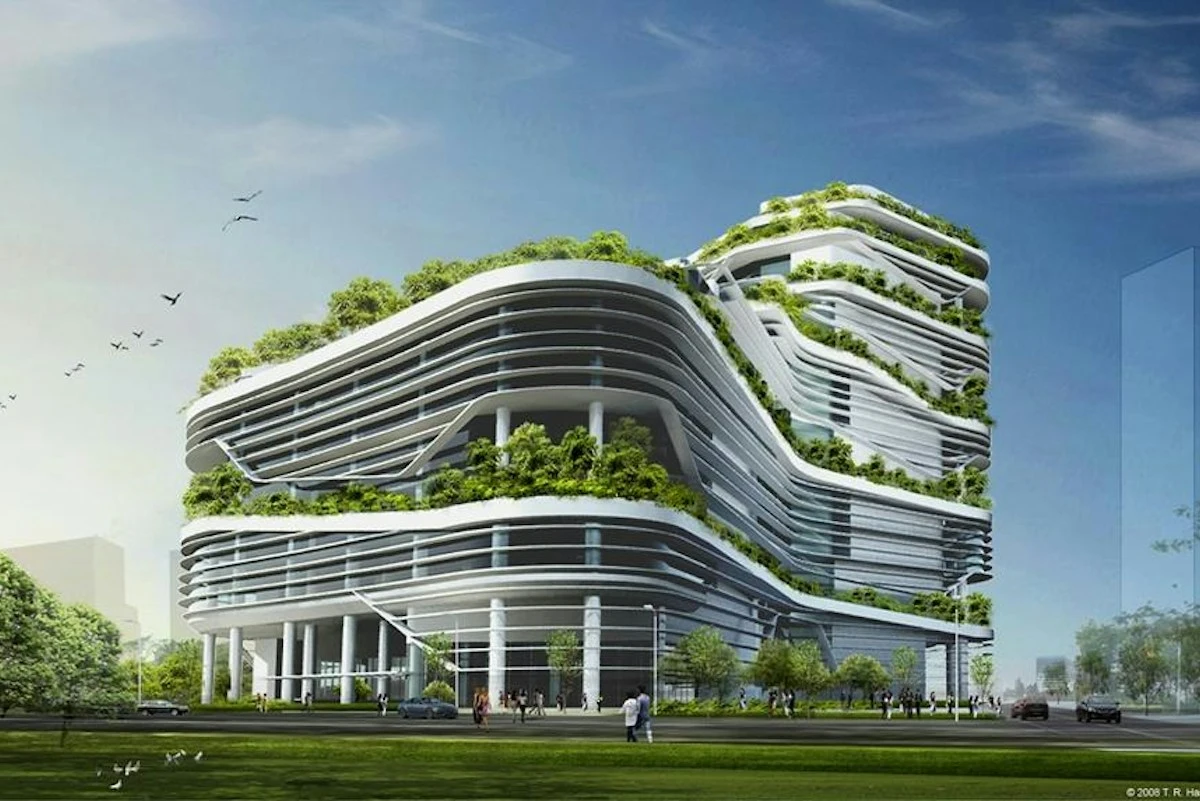
Green Building Initiatives
In the ever-expanding tapestry of urbanization, a vibrant thread is weaving its way through the concrete jungles – green building initiatives that breathe life into sustainable and eco-friendly developments. As the world grapples with environmental challenges, these initiatives emerge as beacons of change, transforming the way we conceive, construct, and inhabit our urban spaces. This exploration invites us to delve into the heart of sustainable development, where architecture meets environmental responsibility, and cities evolve into living ecosystems of harmony.
Sustainable Developments: Beyond the Concrete Jungle
In the pursuit of sustainable and eco-friendly developments, architects and urban planners are redefining the very essence of city living. From solar-powered skyscrapers to green roofs that act as urban lungs, these developments embrace a holistic approach to environmental stewardship. Sustainable materials, energy-efficient designs, and water conservation initiatives converge to create buildings that not only exist within the city but actively contribute to the well-being of the planet.
Eco-Friendly Architecture: More Than Aesthetics
The aesthetics of eco-friendly architecture go beyond the visual appeal; they embody a commitment to resource efficiency and minimizing environmental impact. Buildings are designed to harness natural light, utilizing smart shading systems to reduce energy consumption. Rainwater harvesting becomes a standard practice, turning every drop into a precious resource. The integration of recycled and locally-sourced materials further solidifies the commitment to a sustainable and circular economy.
Community-Centric Green Spaces: Connecting Nature with Urban Life
Sustainable and eco-friendly developments extend beyond individual structures to embrace the concept of community-centric green spaces. Parks adorned with native flora, urban gardens fostering local agriculture, and pedestrian-friendly zones create havens where the community converges with nature. These green lungs within urban landscapes not only mitigate the heat island effect but also serve as sanctuaries for recreation, reflection, and social connection.
The Impact on Urban Biodiversity: A Symphony of Coexistence
As green building initiatives gain momentum, their impact on urban biodiversity becomes increasingly apparent. Wildlife corridors seamlessly integrated into development plans, vertical gardens acting as habitats for pollinators, and green facades becoming canvases for flourishing ecosystems – these are not just features; they are the harmonious symphony of coexistence between human habitats and the natural world.
In the unfolding narrative of urban evolution, sustainable and eco-friendly developments stand as testaments to our commitment to a harmonious coexistence with the planet. From the meticulous design of green buildings to the flourishing biodiversity within urban landscapes, these initiatives are transforming the very fabric of our cities. As we embark on this journey towards a more sustainable future, the architecture of eco-friendly developments becomes a manifesto – a declaration that the built environment can be a catalyst for positive change, where every structure is not just a building but a step towards a world where humanity and nature thrive in tandem.
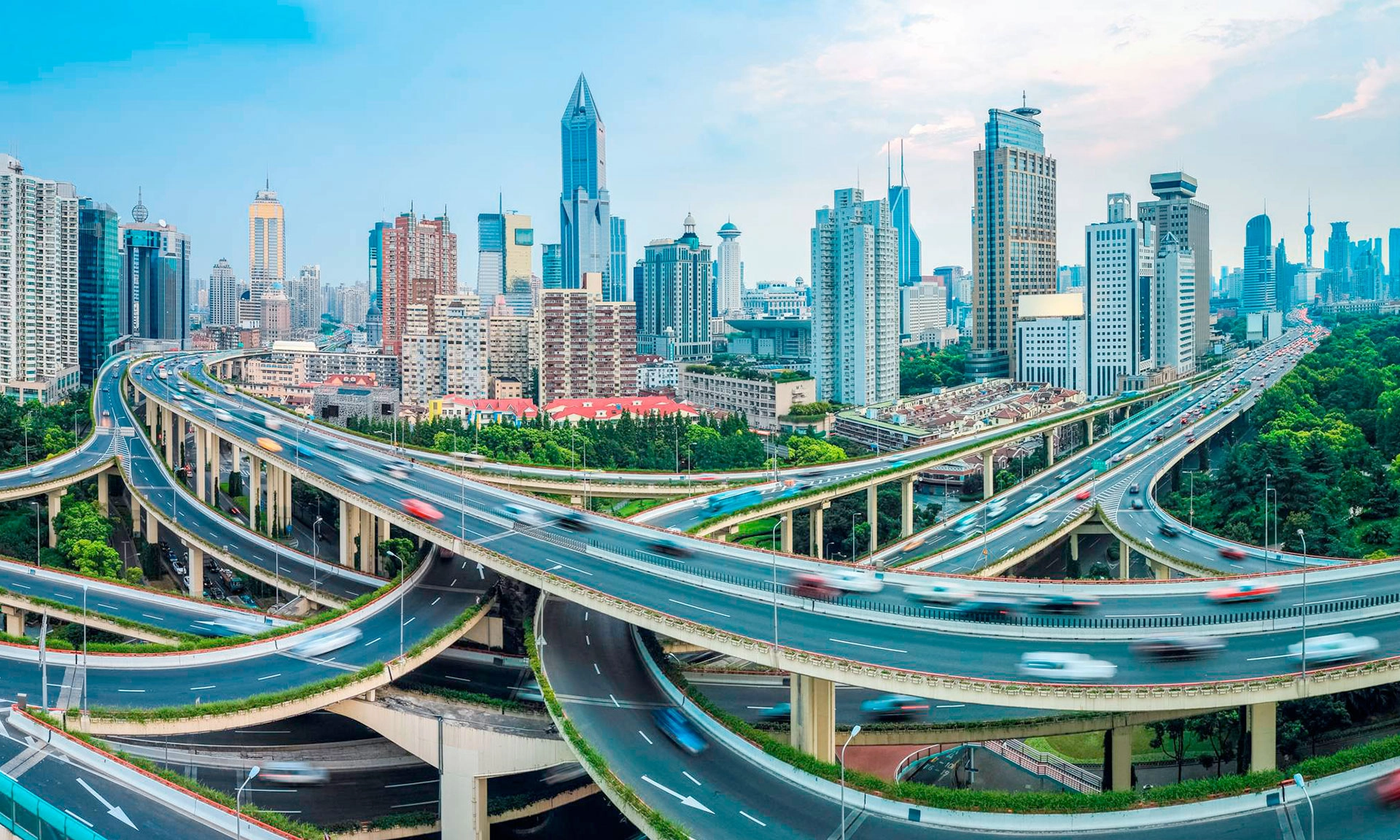
Smart Cities Infrastructure
In the dawn of the digital age, urban landscapes are undergoing a profound transformation, evolving into smart cities where technology becomes the pulse of everyday life. The advent of smart city initiatives has opened avenues for strategic investment, paving the way for cities with insight – where data, connectivity, and innovation converge to create environments that are not only efficient but also responsive to the needs of their inhabitants. This exploration ventures into the dynamic realm of smart cities infrastructure, revealing the investment opportunities that shape the cities of tomorrow.
The Rise of Smart City Initiatives: Beyond Conventional Urban Development
Smart city initiatives transcend the traditional boundaries of urban development, encompassing a broad spectrum of technologies aimed at enhancing the quality of life for citizens. From intelligent traffic management systems to connected public services, these initiatives leverage data and technology to optimize resource utilization, reduce environmental impact, and create cities that are agile and responsive.
Investing in Connected Mobility: Paving the Way for Smart Transportation
One of the focal points for strategic investment in smart cities is connected mobility. Projects that integrate smart transportation solutions, such as intelligent traffic lights, electric vehicle infrastructure, and real-time traffic management, not only alleviate congestion but also contribute to reduced emissions and enhanced overall urban mobility. Investors exploring opportunities in connected mobility align themselves with the transformative wave reshaping the way people move within urban spaces.
Smart Infrastructure for Sustainable Living: Energy-Efficient Buildings and Utilities
Investing in smart infrastructure designed for sustainability is another avenue gaining momentum in the realm of smart city initiatives. From energy-efficient buildings equipped with smart sensors to smart grids that optimize energy distribution, these projects lay the foundation for cities that are not just connected but also environmentally conscious. Smart utilities, including water and waste management systems, contribute to resource optimization, further bolstering the appeal of sustainable smart city investments.
The Digital Nervous System: Investing in Data and Connectivity
At the heart of smart city initiatives lies the digital nervous system – a network of sensors, data analytics, and connectivity that forms the backbone of intelligent urban ecosystems. Investors with an eye on the future are exploring opportunities in projects that contribute to this digital nervous system, including the development of robust communication infrastructure, data analytics platforms, and cybersecurity solutions that safeguard the integrity of smart city operations.
Beyond Technology: Investing in Inclusive Smart City Planning
Smart city initiatives extend beyond technological innovation; they encompass inclusive urban planning that considers the diverse needs of communities. Investors looking for long-term impact are exploring projects that prioritize equitable access to smart services, foster community engagement, and enhance the overall quality of life for citizens.
As the world hurtles towards urbanization, the strategic investment landscape in smart city initiatives offers a compelling opportunity to shape the cities of the future. From connected mobility solutions to sustainable infrastructure and the digital nervous system that underpins it all, the avenues for investment in smart cities are as diverse as the benefits they promise. Investors venturing into this dynamic landscape not only contribute to the creation of smarter, more efficient urban environments but also position themselves at the forefront of the next wave of transformative change. In the realm of smart cities, the future is not just connected – it’s intelligent, responsive, and brimming with possibilities.
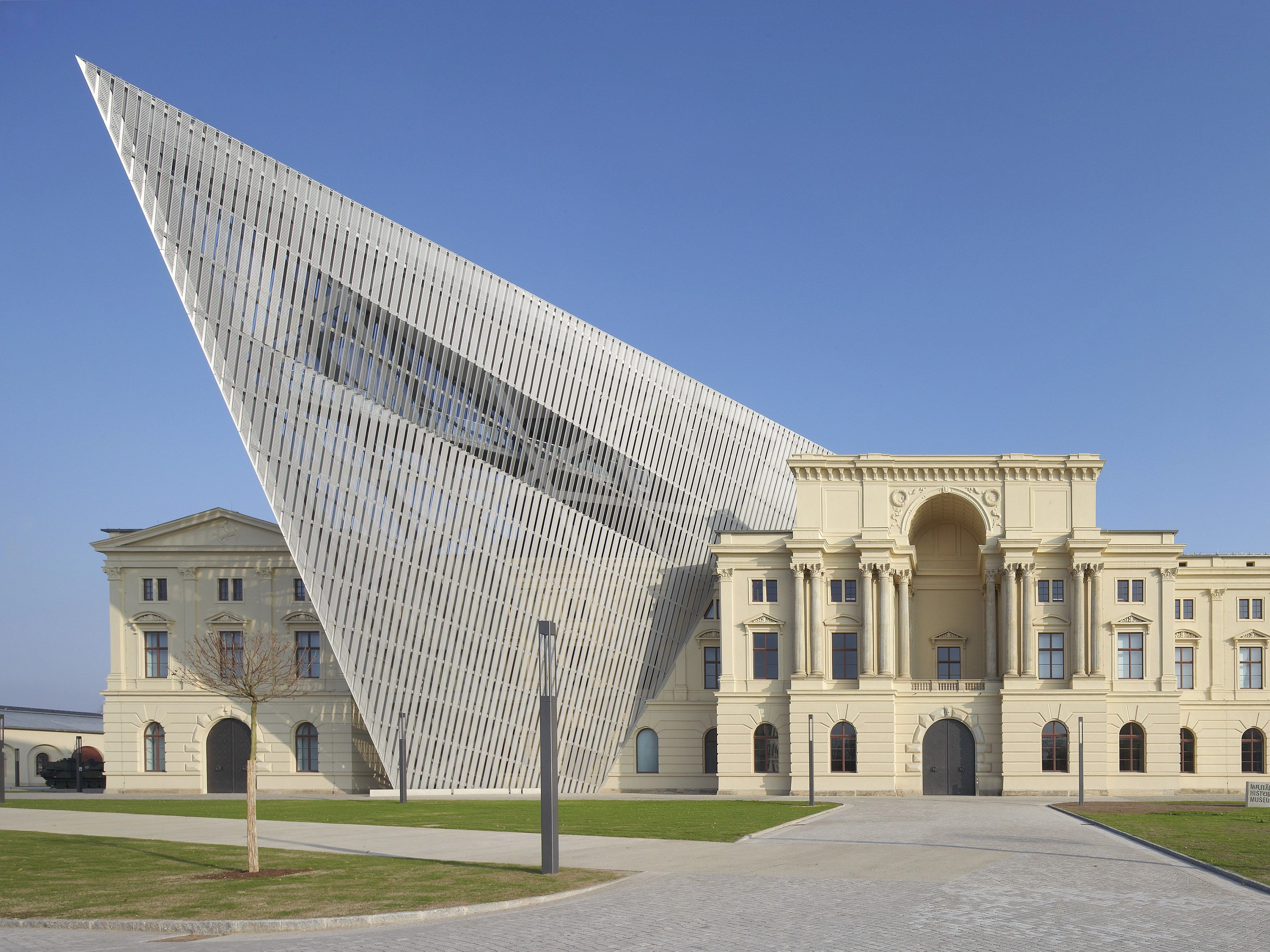
Adaptive Reuse Projects
Adaptive reuse projects embody a unique form of alchemy, where historic structures metamorphose into contemporary marvels. From repurposed industrial warehouses becoming trendy lofts to disused factories transforming into vibrant cultural spaces, the alchemy lies in preserving the architectural heritage while infusing new functionality. These projects are testaments to the art of marrying the echoes of the past with the demands of the present.
Breathing New Life into Forgotten Spaces: From Decay to Vibrancy
The allure of adaptive reuse lies in its ability to breathe new life into forgotten spaces. Neglected buildings, once marked by decay and abandonment, are reborn as hubs of activity and creativity. Abandoned schools may find new purpose as residential lofts, and obsolete power plants may emerge as art galleries. This metamorphosis not only salvages architectural gems but also injects vibrancy into neighborhoods, transforming them from neglected corners to thriving cultural epicenters.
Sustainability in Action: Reducing Environmental Footprints
As the world grapples with environmental challenges, adaptive reuse projects emerge as champions of sustainability. Repurposing existing structures significantly reduces the environmental footprint associated with new construction. It minimizes the need for raw materials, lowers energy consumption, and mitigates the environmental impact of demolition waste. In the world of adaptive reuse, sustainability is not just a buzzword; it’s a tangible commitment woven into the very fabric of urban development.
Nurturing Community Identity: Preserving the Essence of Place
Adaptive reuse projects contribute to the preservation of community identity by retaining the essence of place. Old warehouses may become artisanal workshops, and former theaters may find new life as community centers. This preservation of historical and cultural identity fosters a sense of continuity and belonging, creating spaces where residents can connect with the heritage of their neighborhoods.
Challenges and Opportunities: Navigating the Landscape of Adaptive Reuse
While the allure of adaptive reuse is undeniable, it comes with its set of challenges. The balance between preservation and modernization, navigating zoning regulations, and ensuring structural integrity are complexities inherent in the process. Yet, within these challenges lie opportunities for innovation, creativity, and community engagement.
In the evolving narrative of urban development, adaptive reuse projects emerge as transformative chapters that celebrate the resilience of architecture and the communities they serve. From forgotten warehouses to obsolete factories, these projects are breathing new life into the overlooked corners of cities, fostering sustainability, preserving cultural identity, and revitalizing urban spaces. As architects, developers, and communities continue to embrace the alchemy of adaptive reuse, they not only contribute to the preservation of architectural heritage but also participate in the ongoing narrative of urban evolution. The renaissance of cities is not just about new beginnings; it’s about the art of preserving and repurposing, ensuring that the echoes of the past resonate harmoniously with the rhythms of the present and future.
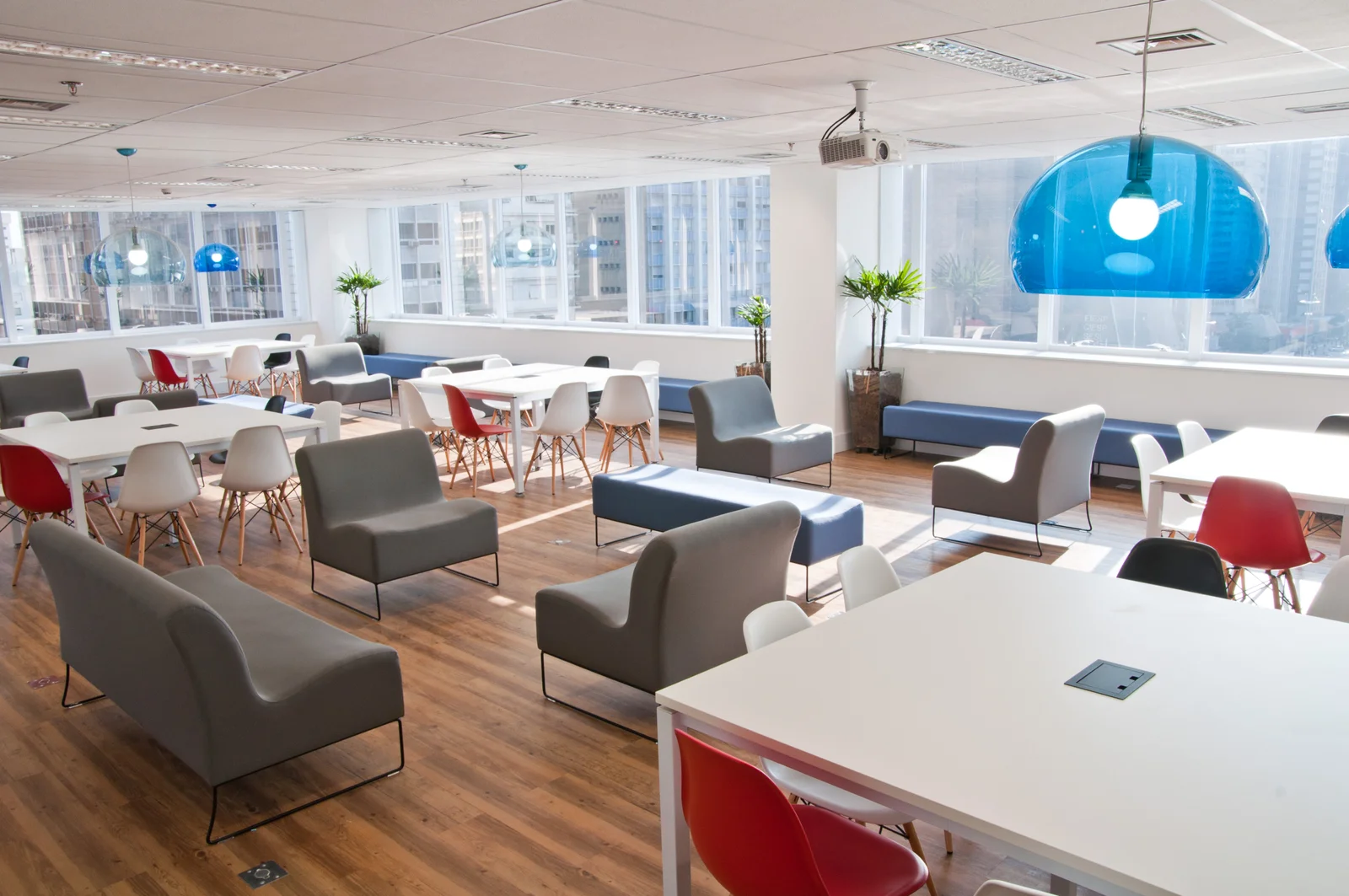
Co-Working Spaces
As the tides of the work landscape continue to shift, a revolution is unfolding within the walls of collaborative workspaces. Beyond the conventional cubicles and corner offices, co-working spaces have emerged as dynamic hubs catering to the evolving needs of the modern workforce. This exploration delves into the intricacies of these collaborative workscapes, where shared offices are not just about desks and Wi-Fi but about fostering a culture of innovation, flexibility, and community.
The Rise of Co-Working Spaces: A Response to Changing Work Dynamics
Co-working spaces are not just a trend; they are a direct response to the changing dynamics of work. With the rise of freelancers, remote workers, and entrepreneurs, traditional office structures no longer suffice. Co-working spaces bridge the gap, providing flexible environments that cater to the diverse needs of a workforce untethered by the constraints of traditional 9-to-5 routines.
Beyond Desks and Chairs: Creating Dynamic Work Ecosystems
The essence of co-working spaces lies in their ability to create dynamic ecosystems where collaboration thrives. These spaces go beyond the mere provision of desks and chairs; they are meticulously designed environments that encourage interaction, networking, and the cross-pollination of ideas. From communal lounges to brainstorming pods, the architecture of co-working spaces is geared towards breaking down silos and fostering a sense of community.
Flexibility as a Cornerstone: Adapting to the Ebb and Flow of Work
One of the defining features of co-working spaces is their emphasis on flexibility. Memberships aren’t rigid leases; they are tickets to a fluid work experience. Co-working spaces cater to the ebb and flow of work demands, offering hot desks, dedicated desks, and private offices that can be scaled up or down based on the evolving needs of businesses and individuals.
Cultivating a Culture of Collaboration: The Heartbeat of Co-Working
Co-working spaces are not just about sharing physical spaces; they are about cultivating a culture of collaboration. Events, workshops, and networking sessions are integral components, transforming these spaces into hubs of learning and innovation. The sense of camaraderie among diverse professionals, from freelancers to startup teams, becomes the heartbeat of the co-working community.
The Tech-Infused Co-Working Experience: Beyond Conventional Offices
Technology is seamlessly woven into the fabric of co-working spaces, enhancing the overall experience for members. High-speed Wi-Fi, smart meeting rooms, and digital collaboration tools are standard features. Co-working spaces aren’t just about providing a place to work; they offer a tech-infused environment that aligns with the digital needs of the modern workforce.
As the concept of work continues to evolve, co-working spaces emerge as catalysts for change within the realms of office culture and collaboration. Beyond the shared desks and buzzing coffee machines, these collaborative workscapes are shaping a future where flexibility, community, and innovation are not just buzzwords but intrinsic elements of the work experience. The rise of co-working spaces is not just a shift in office dynamics; it’s a testament to the adaptability and resilience of the workforce in a world where change is the only constant.
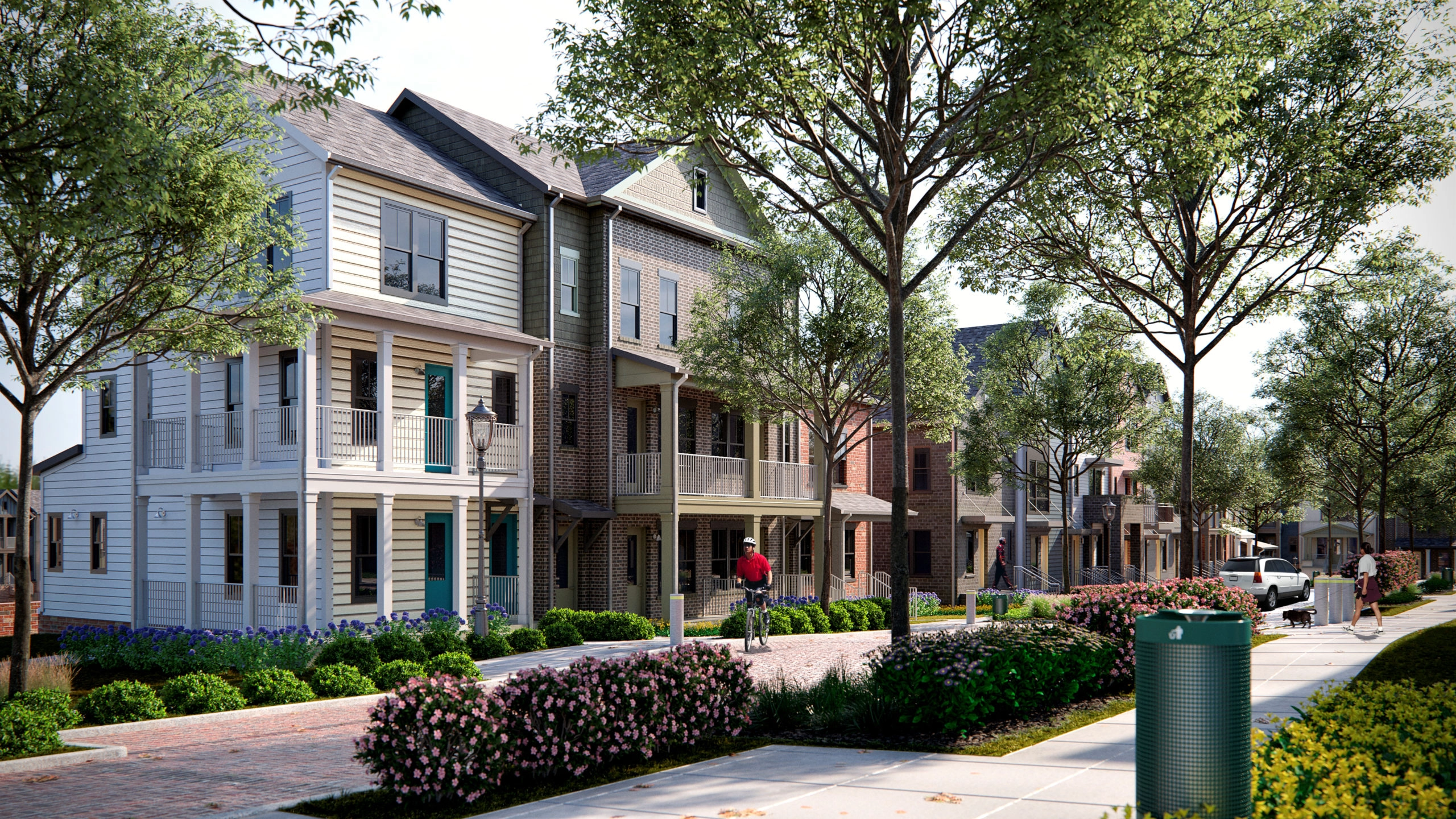
Mixed-Income Housing
In the kaleidoscope of urban development, a transformative trend is redefining the concept of residential communities – mixed-income housing. Beyond the traditional divides of socioeconomic strata, these developments aim to create neighborhoods that mirror the diversity of the modern world. This exploration ventures into the heart of mixed-income housing, where the blueprint for urban living transcends economic boundaries, fostering a harmonious tapestry of community, opportunity, and inclusion.
The Essence of Mixed-Income Housing: Bridging Socioeconomic Divides
Mixed-income housing is not merely a shift in real estate dynamics; it is a paradigm shift in the philosophy of urban living. Instead of isolated enclaves of affluence or pockets of poverty, mixed-income developments seek to weave a fabric where diverse income levels coexist. This intentional mix is the catalyst for breaking down socioeconomic divides, fostering understanding, and creating environments where every resident, regardless of income, feels a sense of belonging.
Breaking the Cycle of Economic Segregation: A Vision for Inclusive Communities
One of the primary goals of mixed-income housing is to break the cycle of economic segregation that often plagues cities. By intentionally incorporating a range of housing options, from affordable units to market-rate residences, these developments aspire to create communities where residents from different income brackets share not just physical spaces but also experiences, resources, and opportunities.
Community-Centric Design: From Shared Spaces to Inclusive Amenities
The design philosophy of mixed-income housing goes beyond the bricks and mortar. It encompasses community-centric planning that encourages shared spaces and inclusive amenities. Parks, recreational areas, and communal facilities become the common ground where residents of varying income levels come together, fostering social cohesion and dispelling preconceived notions that may perpetuate economic disparities.
Affordable Housing as a Cornerstone: A Commitment to Accessibility
At the heart of mixed-income housing lies the commitment to affordable housing as a cornerstone. By integrating affordable units into the fabric of the community, developers aim to ensure that individuals and families with lower incomes have access to safe, quality housing in neighborhoods that offer the same amenities and opportunities as their higher-income counterparts.
The Economic Case for Diversity: Thriving Communities Built on Inclusion
Beyond the social benefits, mixed-income housing makes a compelling economic case. Diverse communities are economically resilient, benefiting from a variety of skill sets, talents, and perspectives. The intentional mix of incomes creates a dynamic ecosystem where businesses thrive, educational opportunities abound, and residents contribute to the vitality of the neighborhood.
In the renaissance of urban living, mixed-income housing emerges as a beacon of inclusive development. It is a testament to the belief that communities are stronger when built on the principles of diversity, equality, and shared opportunity. As cities evolve, the intentional integration of varying income levels within residential neighborhoods stands as a powerful model for the future – one where the socioeconomic fabric of communities reflects the rich diversity inherent in the human experience. The renaissance of urban living is not just about building homes; it’s about cultivating environments where every resident, regardless of income, plays a vital role in the narrative of a thriving, inclusive community.
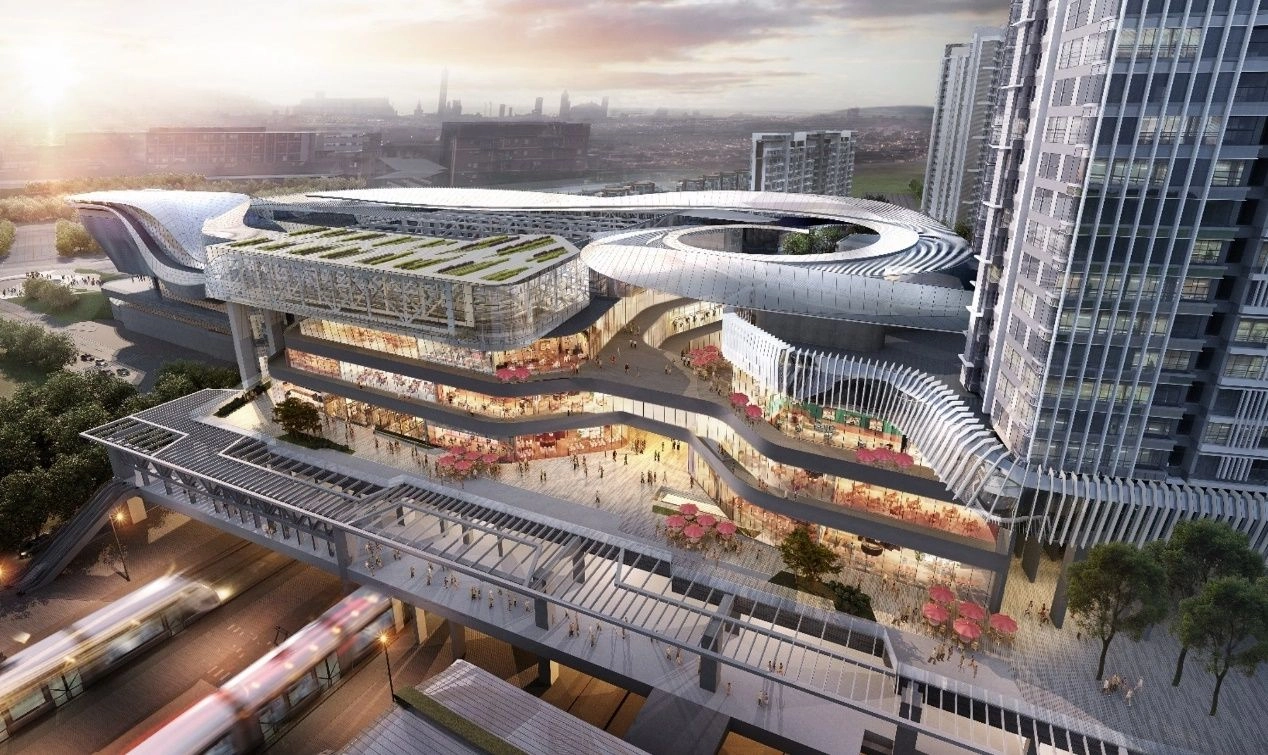
Transit-Oriented Developments
In the symphony of urban living, a transformative melody is playing at the intersections of convenience and sustainability – transit-oriented developments (TODs). Nestled strategically near public transportation hubs, these projects are orchestrating a harmonious blend of connectivity, accessibility, and vibrant community living. This exploration delves into the rhythmic pulse of TODs, where the beat of urban life aligns seamlessly with the hum of public transit, shaping a future where convenience meets sustainable urban development.
The Nexus of Connectivity: TODs at the Heart of Urban Mobility
At the core of transit-oriented developments lies the commitment to connectivity. By situating projects near public transportation hubs such as metro stations, bus terminals, and train depots, TODs offer residents unparalleled access to a myriad of transit options. This strategic placement not only reduces reliance on personal vehicles but also creates a nexus where the city’s arteries of mobility converge.
Sustainable Urban Living: The Environmental Harmony of TODs
As the world grapples with environmental challenges, transit-oriented developments emerge as ambassadors of sustainable urban living. By encouraging the use of public transit, walking, and cycling, TODs contribute to reduced carbon footprints. The synergy between transit and development creates a virtuous cycle, fostering a lifestyle where residents effortlessly integrate eco-friendly commuting into their daily routines.
Urban Design Redefined: Creating Livable Communities
Transit-oriented developments reimagine urban design, transcending traditional notions of residential and commercial segregation. These projects often feature mixed-use spaces, blending residential, commercial, and recreational areas within a pedestrian-friendly environment. The result is not just housing; it’s the creation of vibrant, livable communities where daily necessities, entertainment, and public spaces coexist in a fluid, integrated tapestry.
Economic Catalysts: The Ripple Effect of TODs on Local Businesses
Beyond the immediate benefits for residents, transit-oriented developments act as economic catalysts for local businesses. The influx of foot traffic from transit users fuels a vibrant ecosystem of shops, cafes, and services within the proximity of public transportation hubs. The ripple effect of TODs extends beyond housing, contributing to the vitality of surrounding neighborhoods and promoting local economic growth.
Quality of Life: TODs as Enablers of Time and Accessibility
One of the undeniable advantages of transit-oriented developments is the enhancement of residents’ quality of life. By providing easy access to public transportation, TODs empower individuals to reclaim time otherwise spent in traffic. The accessibility to a comprehensive transit network translates into greater mobility, opening up opportunities for cultural experiences, educational pursuits, and social interactions.
In the evolving composition of urban development, transit-oriented developments emerge as a symphony of connectivity, sustainability, and enhanced quality of life. These projects harmonize the convenience of public transportation with the vibrancy of community living, offering a glimpse into a future where urban mobility seamlessly integrates with daily life. As cities continue to grow, the strategic placement of transit-oriented developments becomes a key note in the urban melody, shaping environments where the rhythm of movement aligns with the melody of sustainable, connected living.
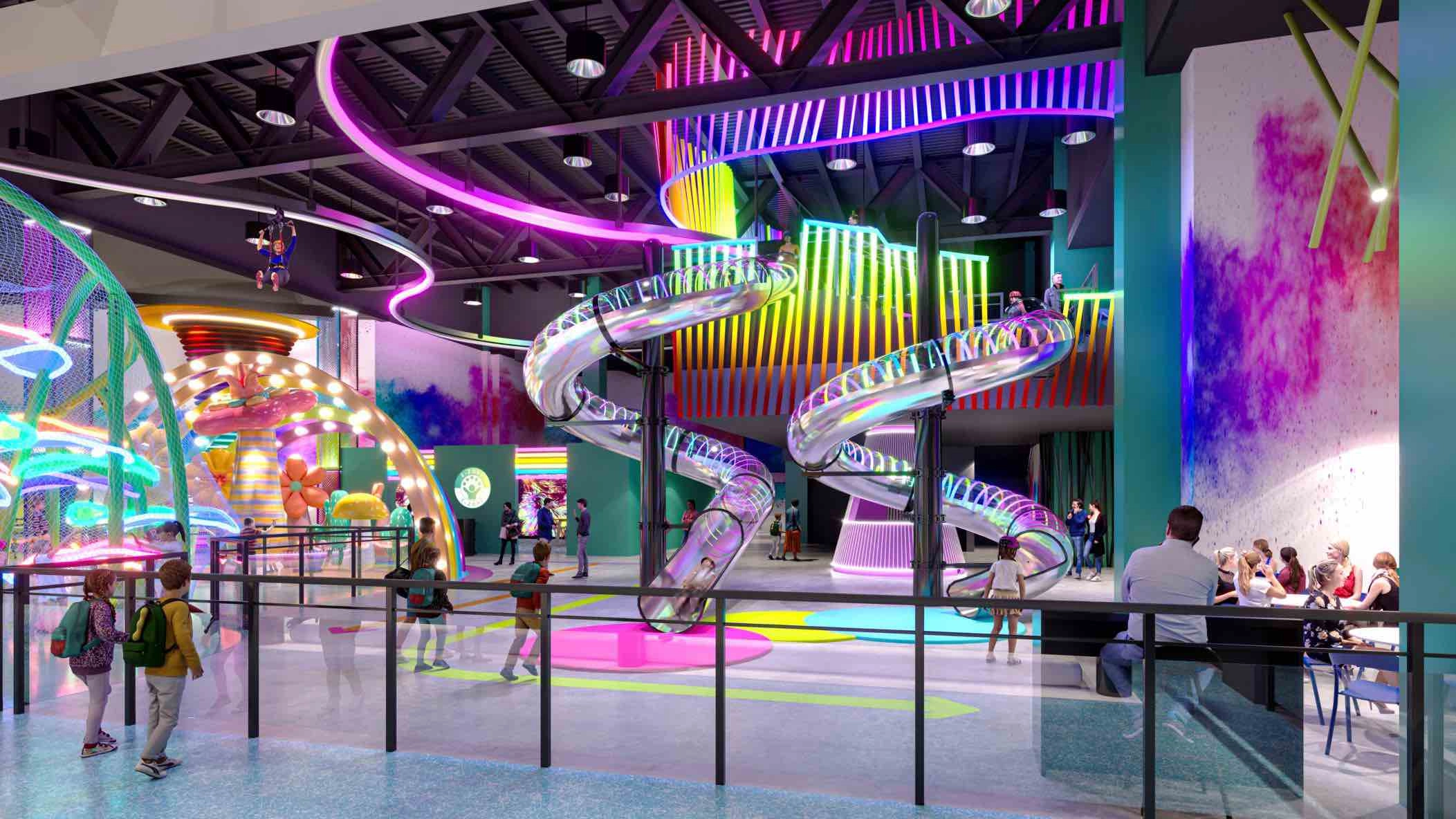
Entertainment Complexes
Entertainment complexes redefine the concept of mixed-use development by placing entertainment as the anchor. Rather than being an afterthought, theaters, concert halls, and entertainment venues become the beating heart around which retail, dining, and cultural spaces orbit. This intentional integration transforms these complexes into dynamic hubs where the synergy of experiences elevates the overall appeal.
The Rise of the Experience Economy: Crafting Memorable Moments
At the core of entertainment complexes lies a profound understanding of the experience economy. It’s not just about providing a venue for a movie or a show; it’s about crafting memorable moments. From cutting-edge theaters with immersive technologies to interactive attractions and themed environments, entertainment complexes aim to transcend the ordinary, creating experiences that linger in the minds and hearts of visitors.
A Feast for the Senses: Culinary Experiences in Entertainment Hubs
The dining scene within entertainment complexes is not just an after-show necessity; it’s an integral part of the experience. Culinary offerings range from gourmet dining to eclectic street food markets, turning each visit into a gastronomic journey. The synergy between entertainment and culinary experiences transforms these complexes into destinations where the senses are tantalized and the appetite for novelty satiated.
Retail as an Extension of Entertainment: Shopping with a Twist
In entertainment complexes, retail is not a standalone element but an extension of the overall experience. Boutiques, pop-up stores, and themed retail outlets curate offerings that align with the spirit of the entertainment hub. Whether it’s exclusive merchandise tied to a show or unique finds inspired by cultural themes, shopping becomes an integral part of the immersive journey.
Cultural Hubs: The Intersection of Art, Music, and Entertainment
Beyond commercial appeal, entertainment complexes often serve as cultural hubs, hosting art installations, live performances, and music festivals. These venues become platforms where local artists and international talents converge, fostering a dynamic cultural exchange. The synergy between entertainment, commerce, and culture creates environments where creativity thrives and diversity is celebrated.
The Tech-Driven Future: Innovations in Entertainment Complex Design
As technology continues to advance, entertainment complexes are at the forefront of innovation. Virtual reality experiences, interactive installations, and smart infrastructure are seamlessly integrated into the design. These tech-driven elements not only enhance the entertainment offerings but also create a sense of modernity and connectivity within the complex.
Entertainment complexes are not just spaces; they are the embodiment of a dynamic, evolving urban culture. From the glamour of the marquee to the culinary delights, from retail therapy to cultural immersion, these mixed-use developments redefine the possibilities of urban entertainment. As cities continue to embrace the multifaceted allure of entertainment complexes, they become not only destinations for leisure but also symbols of the vibrant, ever-evolving spirit of urban life. In the narrative of mixed-use development, entertainment complexes emerge as the protagonists, crafting stories that resonate with the desires and aspirations of the modern urbanite.
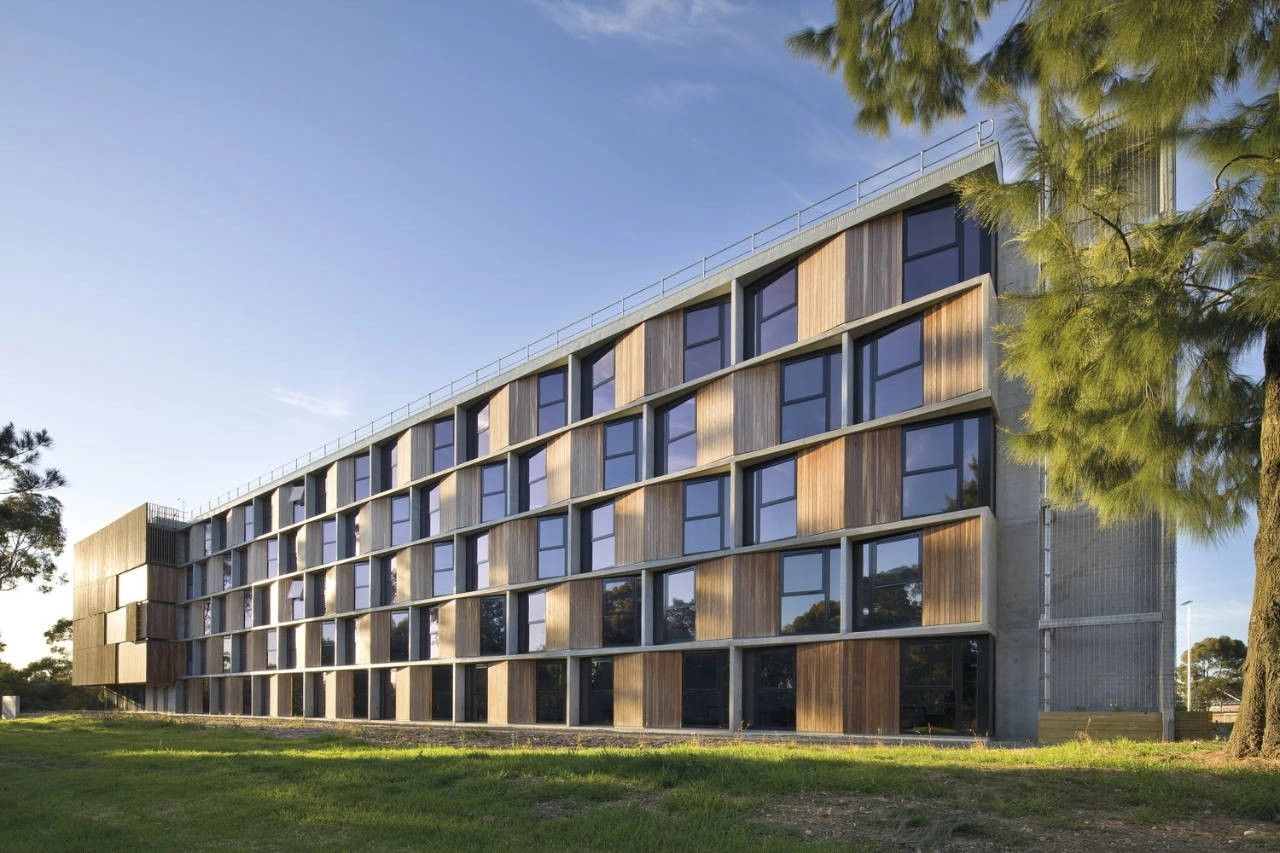
Student Housing
As the pursuit of higher education transforms, so does the landscape of student housing. Beyond the traditional dormitory model, a new era in accommodation is emerging for college and university students. This exploration delves into the evolution of student housing, where the focus is not just on providing a place to stay but on fostering an environment that nurtures learning, community, and the diverse needs of the modern scholar.
The Transition from Dorms to Residences: A Paradigm Shift
Gone are the days when student housing merely meant cramped dormitory rooms and communal bathrooms. The modern scholar seeks an experience beyond the confines of four walls. Student housing has evolved into purpose-built residences, equipped with amenities and features that mirror the changing expectations and aspirations of the contemporary university student.
Holistic Living Environments: Beyond Bed and Desk
In the realm of modern student housing, the concept of holistic living takes center stage. Beyond the essentials of a bed and desk, residences are designed as complete living environments. Communal spaces for study and collaboration, fitness centers, recreational areas, and even on-site cafes are becoming standard features. These amenities not only cater to the academic needs of students but also contribute to their overall well-being and sense of community.
Technological Integration: Smart Living for Smart Scholars
Student housing is embracing technology as an integral part of the living experience. Smart locks, integrated study platforms, and high-speed Wi-Fi are no longer luxuries but essentials. The modern scholar expects a seamless blend of technology and living spaces, where the boundaries between academic pursuits and daily life are fluid and interconnected.
Diversity and Inclusion: Accommodating Varied Needs
The student population is more diverse than ever, and student housing is adapting to accommodate varied needs. From gender-inclusive housing options to accessible features for differently-abled students, the focus is on creating environments that prioritize diversity and inclusion. Student housing is evolving into spaces where every individual feels seen, heard, and supported in their academic journey.
Collaborative Learning Spaces: Fostering Academic Synergy
Modern student housing goes beyond providing a place to sleep; it fosters an environment for academic collaboration. Collaborative learning spaces within residences are designed to facilitate group projects, study sessions, and the exchange of ideas. These spaces blur the lines between formal and informal learning, creating an academic ecosystem that extends beyond the classroom.
Sustainability and Eco-Conscious Living: A Responsibility to the Future
In response to global environmental challenges, student housing is embracing sustainability. Residences are designed with energy-efficient features, waste reduction initiatives, and eco-friendly practices. Students are not only provided with a place to live but are also encouraged to be stewards of the environment, instilling a sense of responsibility for sustainable living.
In the evolving narrative of higher education, student housing emerges as a crucial chapter, redefined for the needs and aspirations of the modern scholar. Beyond the functional aspects of accommodation, the focus is on creating environments that foster learning, community, and personal growth. As student housing continues to evolve, it becomes not just a place to stay but an integral part of the transformative journey that is higher education, supporting students as they navigate the academic, social, and personal dimensions of their college or university experience.
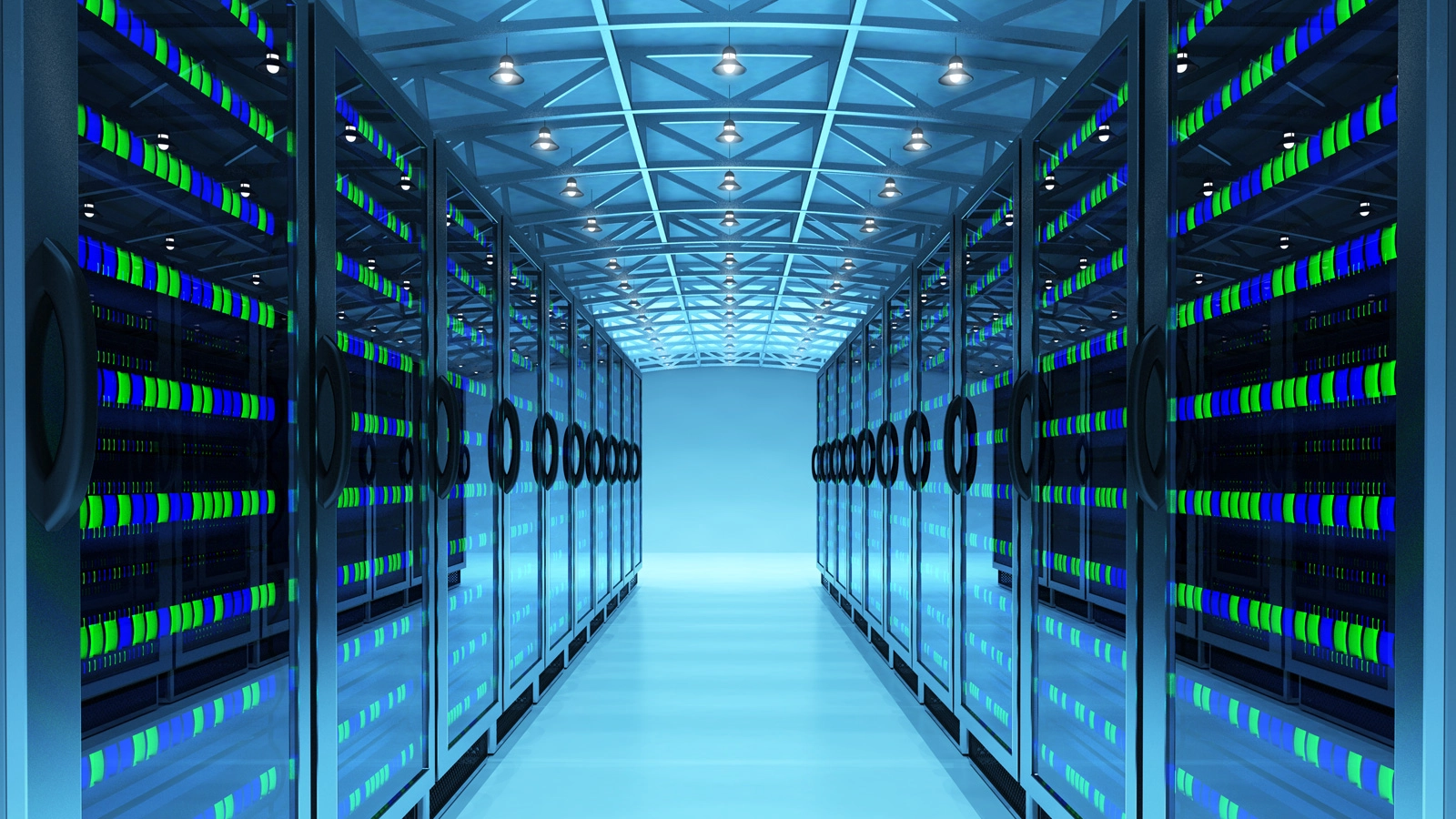
Data Centers
In the digital age, where information reigns supreme, there exists a silent realm that powers the backbone of our connected world – data centers. Far from the public eye, these technological behemoths stand as guardians of the ever-expanding digital universe, supporting the insatiable demand for data storage. This exploration delves into the unseen world of data centers, where the complex dance of servers, infrastructure, and cutting-edge technology shapes the landscape of our interconnected lives.
The Digital Nervous System: Unveiling the Role of Data Centers
Data centers serve as the nerve centers of the digital world, processing, storing, and disseminating the vast volumes of data that underpin our daily lives. From streaming services to cloud computing, the digital nervous system relies on these facilities to ensure seamless connectivity and instantaneous access to information. The role of data centers extends beyond mere storage; they are the pulse that keeps the heart of the digital age beating.
The Evolution of Data Center Design: From Warehouses to High-Tech Facilities
The image of a data center as a cold, impersonal warehouse filled with servers is evolving. Modern data center design is a convergence of functionality, efficiency, and architectural innovation. Facilities are meticulously engineered to optimize energy usage, ensure redundancy for uninterrupted operation, and integrate cutting-edge technologies such as artificial intelligence for predictive maintenance and operational efficiency.
Sustainability in the Server Farms: Navigating the Energy Challenge
As the demand for data storage skyrockets, the environmental impact of data centers has come under scrutiny. In response, the industry is pioneering sustainable practices. From utilizing renewable energy sources to designing energy-efficient cooling systems, data centers are navigating the challenge of sustainability. The aim is not just to meet the growing demand but to do so in a way that minimizes the carbon footprint of the digital infrastructure.
Security and Reliability: Fortresses of Digital Assets
Security is paramount in the world of data centers. These facilities are fortified fortresses that safeguard the digital assets of individuals, businesses, and institutions. From biometric access controls to advanced encryption protocols, data centers employ multi-layered security measures to protect against cyber threats, ensuring the integrity and confidentiality of the stored data.
Edge Computing: Decentralizing the Digital Realm
The rise of edge computing is reshaping the landscape of data centers. Rather than relying solely on centralized facilities, edge computing brings computing power closer to the source of data generation. This decentralization reduces latency and enhances real-time processing capabilities, enabling applications like autonomous vehicles, smart cities, and the Internet of Things (IoT) to flourish.
The Unseen Heroes: Unsung Contributions to Digital Innovation
While data centers operate in the background, their contributions to digital innovation are immeasurable. From enabling advancements in artificial intelligence and machine learning to supporting the infrastructure for breakthroughs in medical research, data centers are the unsung heroes driving the frontiers of technological progress.
In the vast expanse of the digital landscape, data centers stand as silent giants, powering the interconnected world we navigate daily. Their evolution reflects not just the growth in data storage demands but also the commitment to sustainability, security, and innovation. As data centers continue to evolve, their role as the backbone of the digital age becomes increasingly crucial, influencing the trajectory of technological progress and shaping the unseen realms that define our connected future.
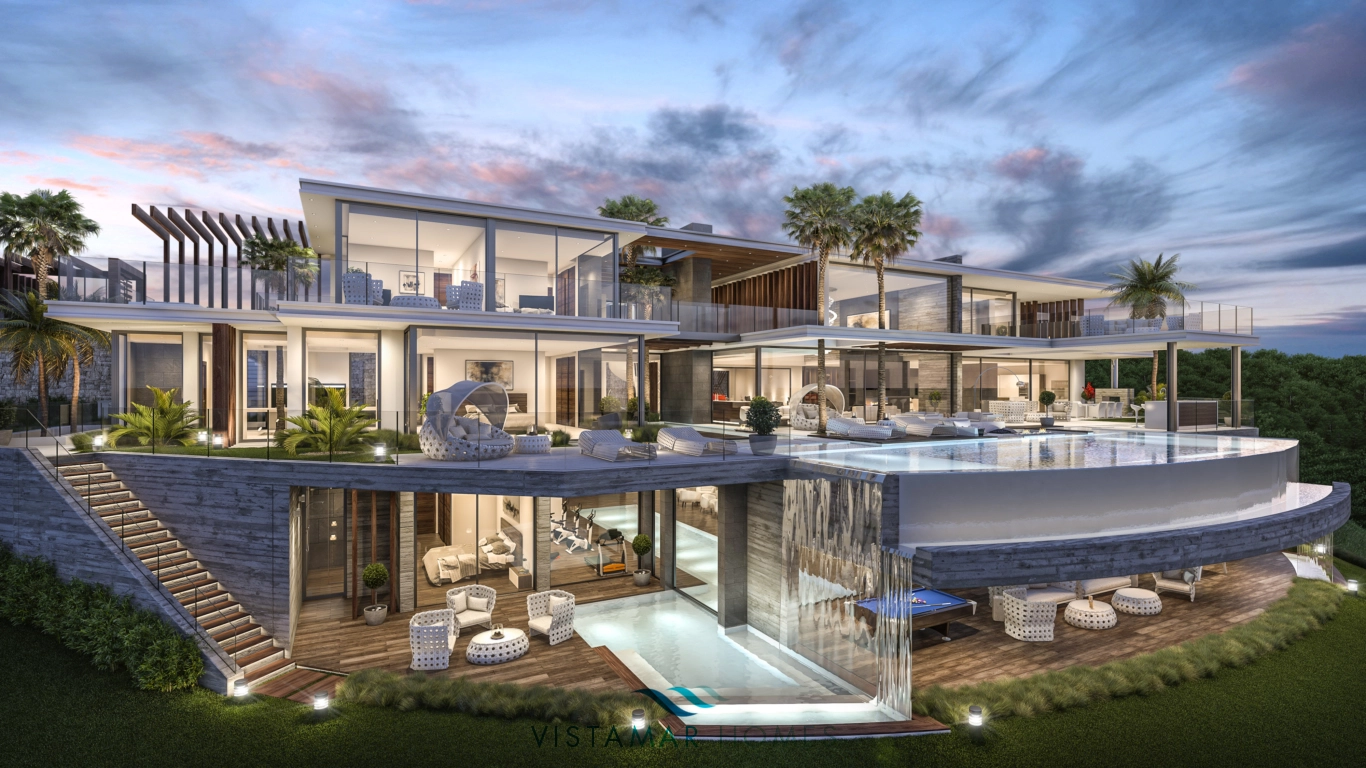
Luxury Real Estate
Luxury real estate is a canvas upon which dreams are crafted. Architects, designers, and visionaries converge to create residences and commercial spaces that are not just functional but visionary. From sprawling estates with panoramic views to sleek urban penthouses adorned with contemporary elegance, luxury real estate transforms the act of living or conducting business into a curated experience.
The Symphony of Exclusivity: Unveiling Unparalleled Privilege
At the heart of luxury real estate lies the symphony of exclusivity. These properties are not just about lavish finishes and grand spaces; they are about offering unparalleled privilege. Gated communities, private beaches, and bespoke concierge services are woven into the fabric of luxury living, creating environments where residents experience a heightened sense of exclusivity and tailored indulgence.
Timeless Elegance vs. Modern Splendor: Aesthetic Divergence
Luxury real estate is a stage where timeless elegance and modern splendor engage in a visual dance. From classical mansions adorned with ornate details to sleek, minimalist penthouses with floor-to-ceiling windows, the aesthetic spectrum is vast. The diversity in design reflects the individual tastes of those who seek not just a property but an embodiment of their personal style and sophistication.
Amenities Beyond Imagination: Elevating Lifestyle
In the world of luxury real estate, amenities are not mere add-ons; they are statements of elevated lifestyle. Private theaters, wine cellars, spa retreats, and rooftop infinity pools become standard features. The aim is to surpass expectations, offering residents and occupants an array of indulgences that redefine the boundaries of comfort and leisure.
The Global Stage: International Flair and Architectural Diversity
Luxury real estate transcends borders, creating a global stage where architectural diversity meets cultural influence. From penthouses in Manhattan to villas on the French Riviera, these properties serve as embodiments of international flair. Buyers and investors in luxury real estate seek not just a physical space but a global lifestyle that reflects their cosmopolitan aspirations.
Investment Beyond Conventional Wisdom: A Hedge Against Volatility
Luxury real estate, beyond its aesthetic and experiential allure, often serves as an investment strategy beyond conventional wisdom. In times of economic volatility, high-end properties can act as a hedge, maintaining value and offering stability. The allure of luxury real estate as a tangible asset combines with its inherent exclusivity to attract discerning investors seeking both aesthetic and financial returns.
Luxury real estate is a testament to the fusion of artistry, aspiration, and lifestyle. Beyond the grand facades and opulent interiors, these properties tell stories of individuality, cultural influence, and a commitment to a life well-lived. As the world of real estate continues to evolve, luxury properties stand as beacons of elevated living and working, inviting those who seek not just a residence or commercial space but an immersive experience that transcends the ordinary. In the realm of luxury real estate, the artistry and allure are not just about architecture and amenities; they are about crafting a canvas where the pursuit of opulence and the essence of living merge into an indelible masterpiece.

Elderly Care Facilities
In the delicate tapestry of aging, elderly care facilities emerge as sanctuaries of compassion, where the chapters of life continue to unfold with dignity and community. Beyond the conventional notions of nursing homes and assisted living communities, these spaces are evolving into vibrant hubs where the needs of the elderly are not just met but are woven into a symphony of care, respect, and shared experiences. This exploration delves into the redefinition of elderly care facilities, transforming them into environments that prioritize not just medical assistance but the holistic well-being and vibrancy of their residents.
Holistic Well-Being: Beyond Medical Care
Elderly care facilities are shedding the clinical veneer, embracing a holistic approach that goes beyond medical care. The focus is on creating environments that cater to the physical, emotional, and social needs of residents. From fitness programs and therapeutic activities to communal dining and cultural events, these facilities aim to provide an enriched quality of life that respects the diverse experiences and preferences of each resident.
Aging with Dignity: Designing Spaces that Honor Individuality
The architecture and design of modern elderly care facilities reflect a commitment to honoring individuality. From private rooms adorned with personal mementos to communal spaces that encourage social interactions, the aim is to create environments that resonate with a sense of home. Aging with dignity becomes a guiding principle, and residents are empowered to maintain a sense of autonomy and personal identity within the community.
Community Engagement: Fostering Connections
Elderly care facilities are evolving into dynamic communities where connections flourish. Beyond the isolation often associated with aging, these spaces encourage social engagement. From group activities and shared hobbies to intergenerational programs that involve the broader community, residents are part of a tapestry of relationships that nurture a sense of belonging and purpose.
Embracing Technology: Enhancing Independence and Connectivity
The integration of technology is redefining the landscape of elderly care facilities. Smart devices, telemedicine, and digital communication tools are not just conveniences but essential elements that enhance residents’ independence and connectivity. Virtual interactions with loved ones, educational programs, and wellness apps contribute to an environment where technology becomes a tool for empowerment.
Person-Centered Care: Tailoring Services to Individual Needs
The era of one-size-fits-all care is giving way to person-centered approaches in elderly care facilities. Tailoring services to individual needs and preferences ensures that residents receive personalized attention. Whether it’s dietary preferences, cultural sensitivities, or specific medical requirements, the focus is on creating care plans that acknowledge and respect the uniqueness of each resident.
Quality of Life as a Measure of Success: Beyond Medical Metrics
In the redefined paradigm of elderly care, success is measured not just by medical metrics but by the quality of life experienced by residents. Facilities are shifting their focus from solely addressing ailments to creating environments that encourage joy, purpose, and a sense of fulfillment. The aim is for residents to thrive, finding meaning and happiness in their daily lives.
Elderly care facilities are undergoing a profound transformation, becoming more than just spaces for medical assistance and support. They are evolving into communities that celebrate the richness of life in its later chapters. The symphony of compassion playing within these facilities is one where dignity, community, and individuality harmonize to create an environment where residents not only age with grace but also continue to compose the melodies of their lives. As the landscape of elderly care continues to evolve, the focus on holistic well-being and community engagement stands as a testament to the commitment to ensuring that every resident is not just cared for but truly embraced as an integral part of a compassionate and vibrant community.
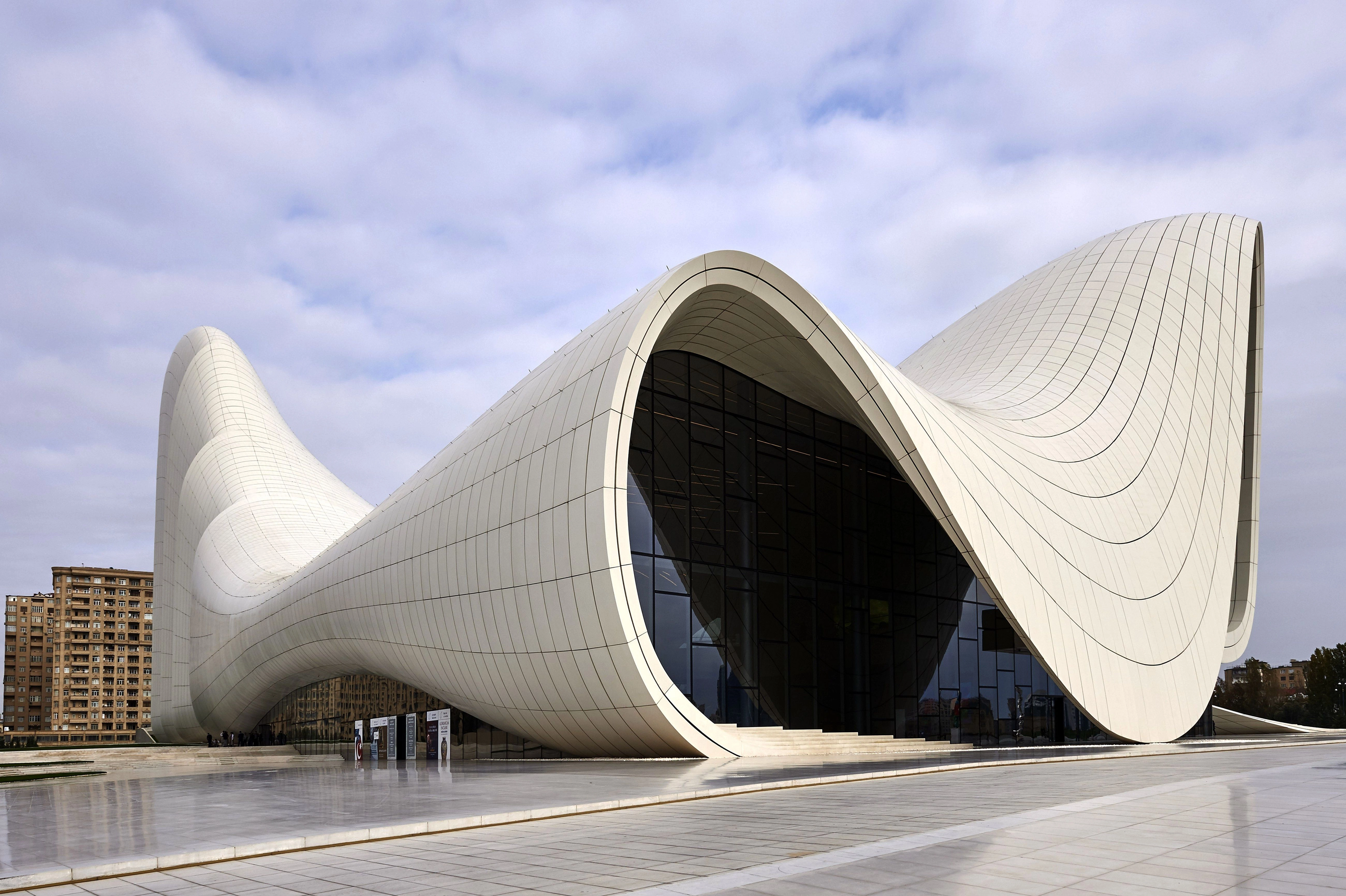
Innovative Architecture Projects
As cities evolve, so does the language of their skylines. Innovative architecture projects are steering away from the conventional use of glass and steel, embracing a diverse palette of materials, shapes, and concepts. From organic forms inspired by nature to avant-garde designs that challenge traditional norms, these landmarks become symbols of architectural evolution, capturing the imagination of residents and visitors alike.
Vertical Gardens and Sustainable Utopias: The Greening of Skylines
Sustainability takes center stage in innovative architecture projects, giving rise to buildings that are not just aesthetically pleasing but environmentally conscious. Vertical gardens, green roofs, and sustainable materials become integral components. These structures transform into urban oases, contributing to the well-being of the environment while elevating the quality of life for those who inhabit and interact with them.
Cultural Icons and Contextual Integration: Telling Stories with Design
Innovative architecture projects transcend functionality; they tell stories. Whether through cultural motifs, historical references, or contextual integration, these landmarks become cultural icons that celebrate the identity of the city. The design isn’t just about form and function; it’s a narrative woven into the very fabric of the urban environment.
Futuristic Skybridges and Skyports: Bridging the Urban Landscape
The sky is no longer the limit as architects envision futuristic skybridges and skyports that connect buildings and facilitate urban mobility. These innovative additions not only redefine the concept of public spaces but also contribute to the efficiency and accessibility of the urban infrastructure. The skyline becomes a network of interconnected possibilities, blending the practical with the visionary.
Adaptive Reuse and Urban Regeneration: Breathing New Life
Innovative architecture projects often embrace the ethos of adaptive reuse, breathing new life into existing structures. Abandoned warehouses become vibrant cultural hubs, and decommissioned industrial spaces transform into trendy lofts. This commitment to urban regeneration not only preserves architectural heritage but also contributes to the dynamic, ever-changing character of the city.
Parametric Design and Technological Integration: The Digital Frontier
The digital frontier plays a pivotal role in innovative architecture projects. Parametric design, enabled by advanced technology, allows architects to create intricate and dynamic forms that were once unimaginable. From responsive facades that adapt to environmental conditions to buildings that generate energy through solar technology, these structures become living, breathing entities on the urban canvas.
In the symphony of urban development, innovative architecture projects stand as the avant-garde notes that compose the ever-changing melody of a city. Beyond their physical presence, these landmarks become the embodiment of creativity, sustainability, and cultural expression. As architects continue to push the boundaries of design, the city skyline transforms into a gallery of architectural masterpieces, each telling a unique story and contributing to the evolving narrative of urban identity. In the realm of innovative architecture, the skyline becomes not just a collection of buildings but a canvas where the imagination of architects meets the aspirations of a city, creating a timeless and ever-evolving work of art.
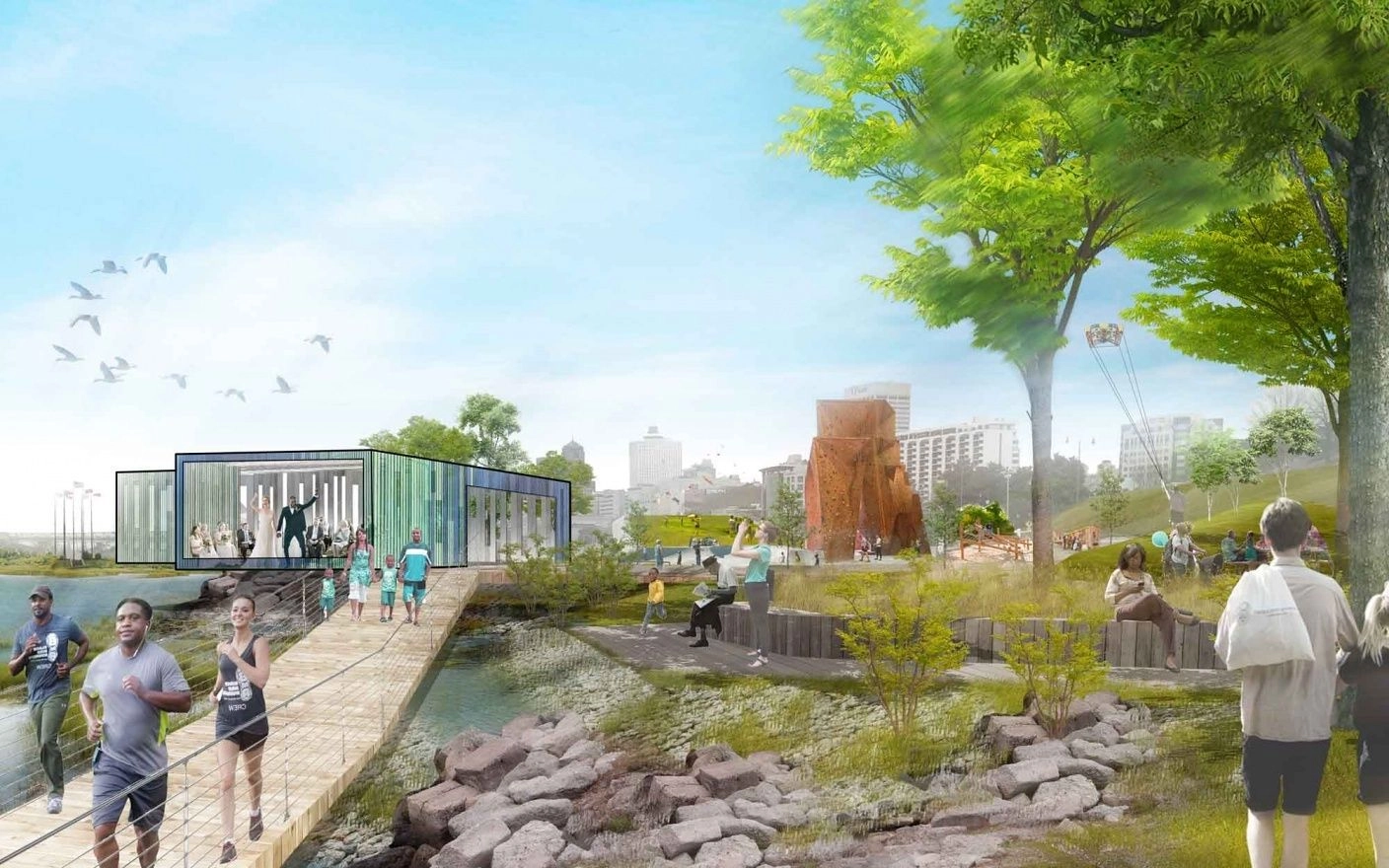
Community Revitalization
In the heartbeats of urban life, a powerful movement is quietly reshaping neighborhoods, breathing life into forgotten streets and dilapidated structures. Community revitalization projects, like strokes on a canvas, wield the transformative brush of change. Beyond the surface, they represent a commitment to rekindling the spirit of communities, fostering resilience, and reviving the collective heartbeat of urban spaces. This exploration delves into the artistry and impact of community revitalization, where visionary projects aim not just to improve neighborhoods but to orchestrate a renaissance in concrete.
A Symphony of Color: Murals, Street Art, and Urban Expression
Community revitalization projects often begin with a splash of color. Murals and street art, like vibrant notes on a city’s score, inject life into neglected facades. These artistic expressions transcend mere aesthetics; they are catalysts for pride and identity. From neighborhood histories to cultural celebrations, the walls become canvases that tell the stories of the community and instill a renewed sense of belonging.
Pocket Parks and Green Oases: Breathing Life into Urban Deserts
Amidst the concrete jungle, community revitalization introduces pockets of green tranquility. Unused lots are transformed into vibrant pocket parks, offering residents an escape from the urban hustle. These green oases not only provide recreational spaces but also contribute to environmental sustainability, creating a harmonious balance between urban development and nature.
Adaptive Reuse and Heritage Preservation: Modernity in Old Bones
Revitalizing communities often involves a dance with history. Adaptive reuse projects repurpose old structures, giving them new life and purpose. Historic buildings become hubs of innovation, blending the charm of the past with the demands of the present. Heritage preservation is not just about safeguarding architecture; it’s about honoring the roots of a community and fostering a sense of continuity.
Affordable Housing Initiatives: Building Foundations for Inclusion
Community revitalization addresses the pressing need for affordable housing. Initiatives focus on developing housing options that cater to diverse income levels, ensuring that the fabric of the neighborhood remains woven with socioeconomic inclusivity. These projects aim to create not just residences but communities where everyone, regardless of financial standing, can thrive and contribute.
Community Centers as Nuclei of Social Connection
Revitalized neighborhoods need spaces where communities can converge, connect, and collaborate. Community centers become the nuclei of social activity, offering venues for events, workshops, and shared experiences. They serve as the glue that binds residents together, fostering a sense of unity and collective responsibility for the well-being of the neighborhood.
Sustainable Infrastructure: Paving the Way for Tomorrow
Revitalizing communities extends beyond aesthetics; it involves sustainable infrastructure development. Projects incorporate eco-friendly designs, renewable energy sources, and smart technologies. The aim is not just to improve the present but to pave the way for a sustainable and resilient future where communities can thrive in harmony with the environment.
Economic Initiatives and Local Businesses: Nurturing Growth from Within
Community revitalization is a holistic endeavor that considers economic empowerment. Initiatives focus on supporting local businesses, fostering entrepreneurship, and creating job opportunities within the neighborhood. The goal is not only to improve the physical landscape but to nurture economic growth from within, ensuring that the benefits are shared by the community at large.
In the tapestry of urban development, community revitalization projects emerge as strokes of hope, resilience, and transformation. Beyond the physical improvements, these initiatives represent a commitment to nurturing the soul of neighborhoods, fostering inclusivity, and celebrating the unique identity of each community. As cities continue to evolve, the art of community revitalization stands as a testament to the belief that every corner of urban life, no matter how neglected, has the potential to become a canvas for renewal and renaissance. In the symphony of concrete, the orchestrators of community revitalization compose a melody that resonates with the collective heartbeat of thriving, resilient neighborhoods.
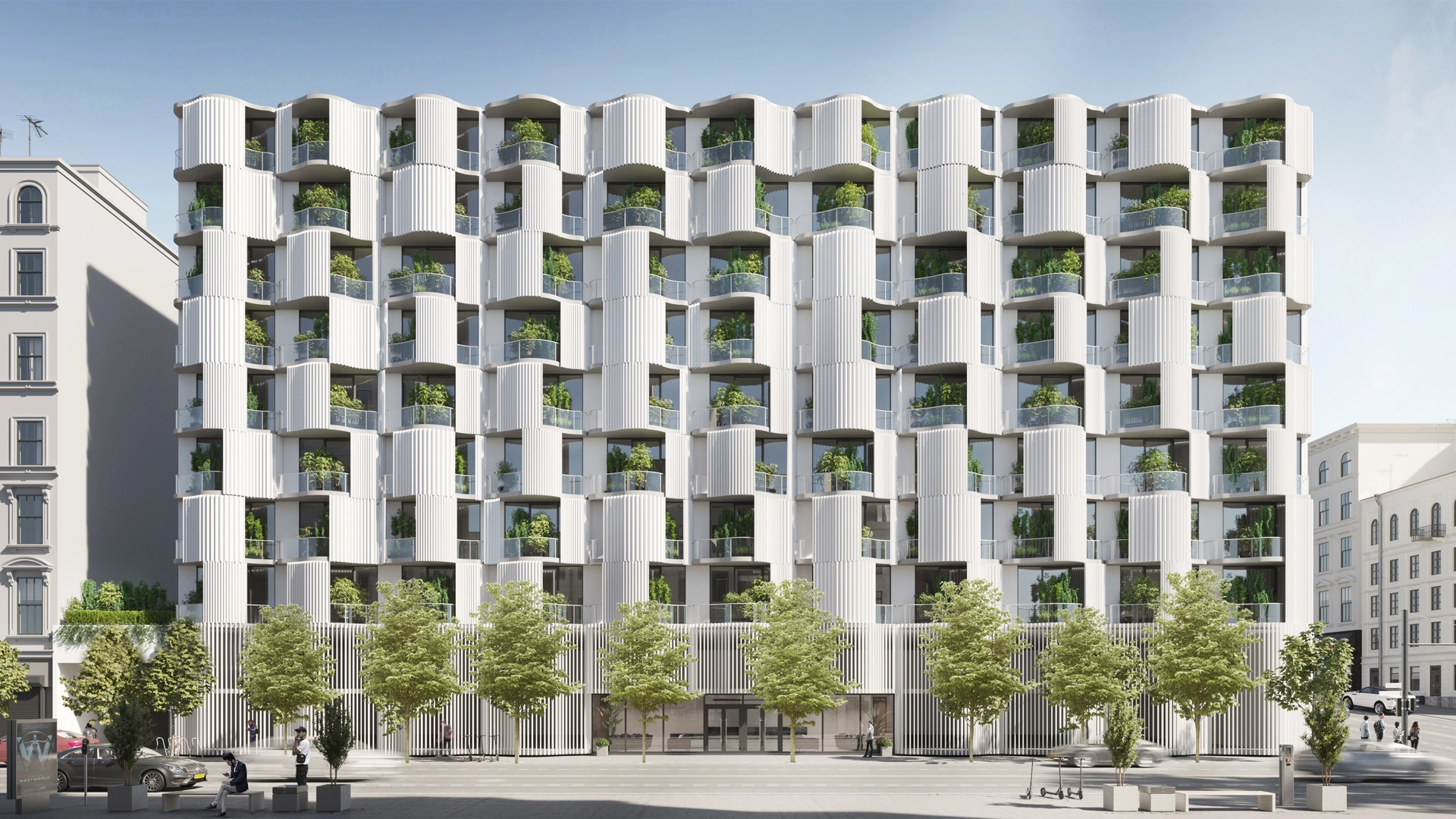
Micro-Unit Developments
In the ever-evolving narrative of urban living, a phenomenon is quietly redefining the concept of home – micro-unit developments. Amidst the rising demand for compact, efficient housing, these small wonders are emerging as a solution that marries practicality with charm. This exploration delves into the world of micro-unit developments, where tiny living spaces become the canvas for innovative design, redefining the way we perceive and experience urban dwelling.
Compact Living, Expansive Design: Maximizing Minimalism
Micro-unit developments challenge the notion that small living equates to cramped quarters. Instead, they embrace the philosophy of maximizing minimalism, transforming limited square footage into an expansive canvas of design ingenuity. Clever storage solutions, multi-functional furniture, and open layouts become the hallmarks of these developments, creating spaces that feel airy, efficient, and surprisingly spacious.
Urban Density and Sustainability: Treading Lightly on Space and Resources
As urban landscapes grow denser, micro-unit developments become a beacon of sustainability. These small living spaces tread lightly on both physical space and resources. With a smaller footprint, they contribute to efficient land use and lower environmental impact. Additionally, the reduced energy consumption and maintenance needs align with the growing global emphasis on sustainable living practices.
Affordable Housing Solutions: Navigating Urban Affordability Challenges
Micro-unit developments offer a ray of hope in the realm of urban affordability. As housing costs soar in many metropolitan areas, these developments provide an alternative for those seeking homeownership or rental options without breaking the bank. By offering a scaled-down living experience, they address the pressing need for affordable housing solutions in densely populated urban centers.
Co-Living and Community-Centric Living: Fostering Social Connection
Micro-unit developments aren’t just about small spaces; they’re about community-centric living. Co-living arrangements, communal spaces, and shared amenities create environments that foster social connections. Residents trade larger private spaces for the opportunity to engage with a vibrant community, blurring the lines between public and private domains and redefining the social fabric of urban living.
Technological Integration: Smart Living in Small Spaces
Micro-unit developments are at the forefront of technological integration. Smart home systems, energy-efficient appliances, and automated solutions optimize the functionality of these small spaces. Residents can control their living environments with the touch of a button, creating a seamless blend of technology and practicality that enhances the overall living experience.
Flexibility and Adaptability: Tailoring Spaces to Evolving Lifestyles
One of the key virtues of micro-unit developments lies in their flexibility. These living spaces are designed to adapt to the evolving needs and lifestyles of residents. Transformable furniture, movable partitions, and modular designs empower inhabitants to tailor their living spaces based on changing circumstances, ensuring that the micro-unit remains a dynamic and accommodating home.
The Art of Curating Micro-Living Experiences: Design as a Lifestyle
Micro-unit developments embrace the art of curating living experiences. Thoughtful design goes beyond aesthetics to become a lifestyle philosophy. Developers and designers aim to create spaces that align with the aspirations and values of a generation that values experiences over possessions, offering a new paradigm of urban living where the emphasis is on quality, functionality, and purpose.
In the grand tapestry of urban living, micro-unit developments emerge as small but significant threads, weaving together the elements of efficiency, affordability, and community-centric living. These developments challenge preconceptions, proving that small spaces can be not just livable but delightful. As cities continue to evolve and urbanization progresses, micro-unit developments stand as a testament to the innovative spirit shaping the future of housing – a future where small wonders redefine the meaning of home in a world that values the elegance of simplicity.

